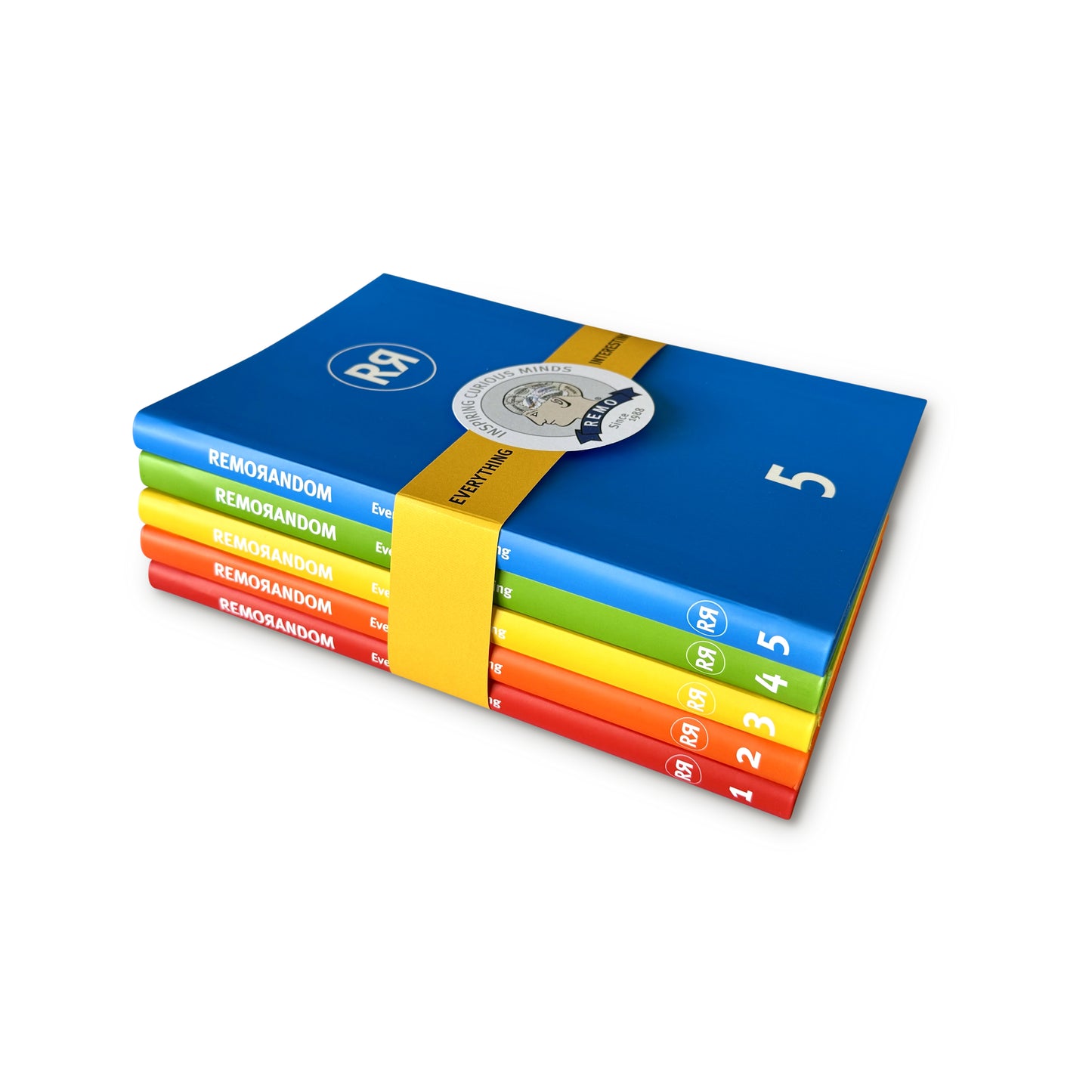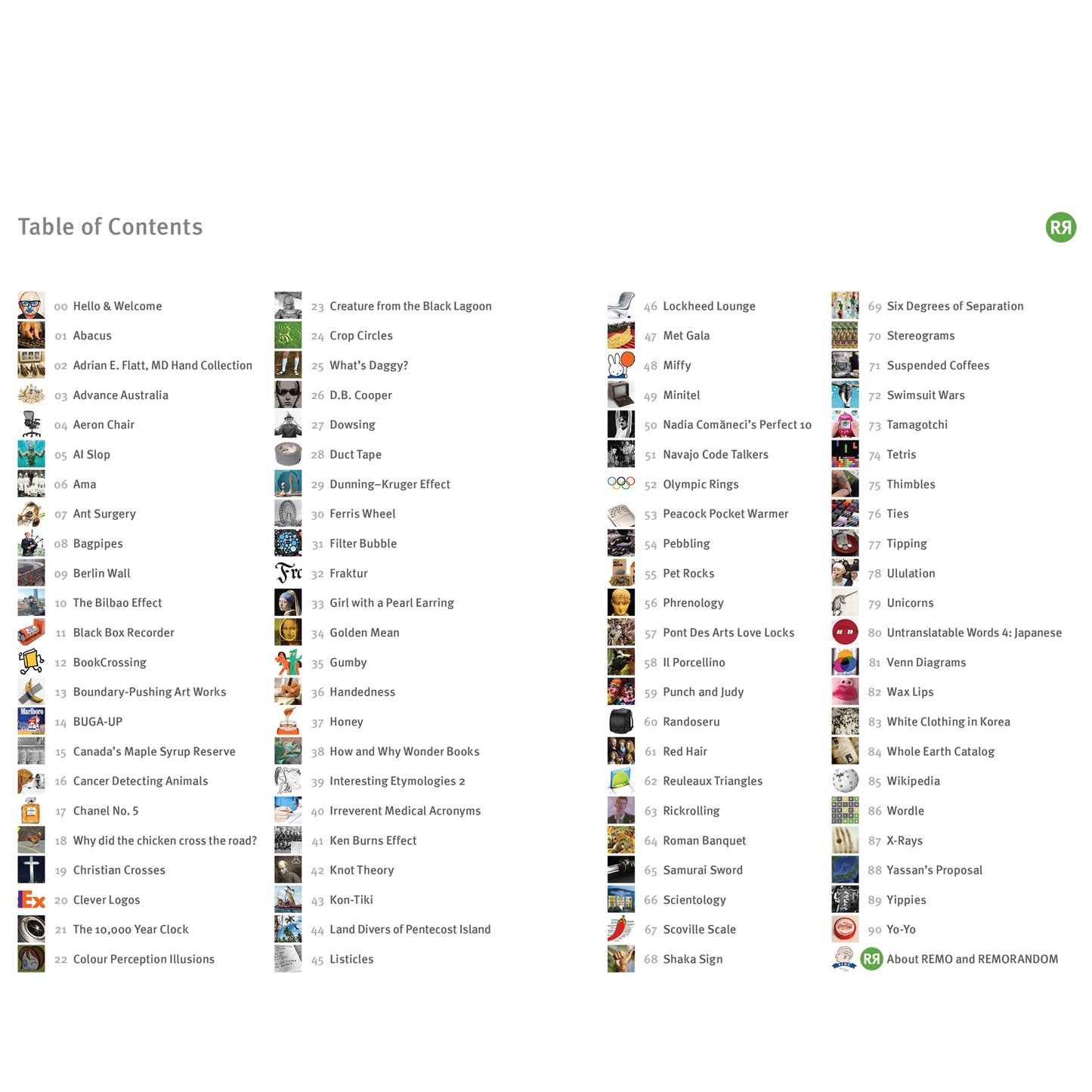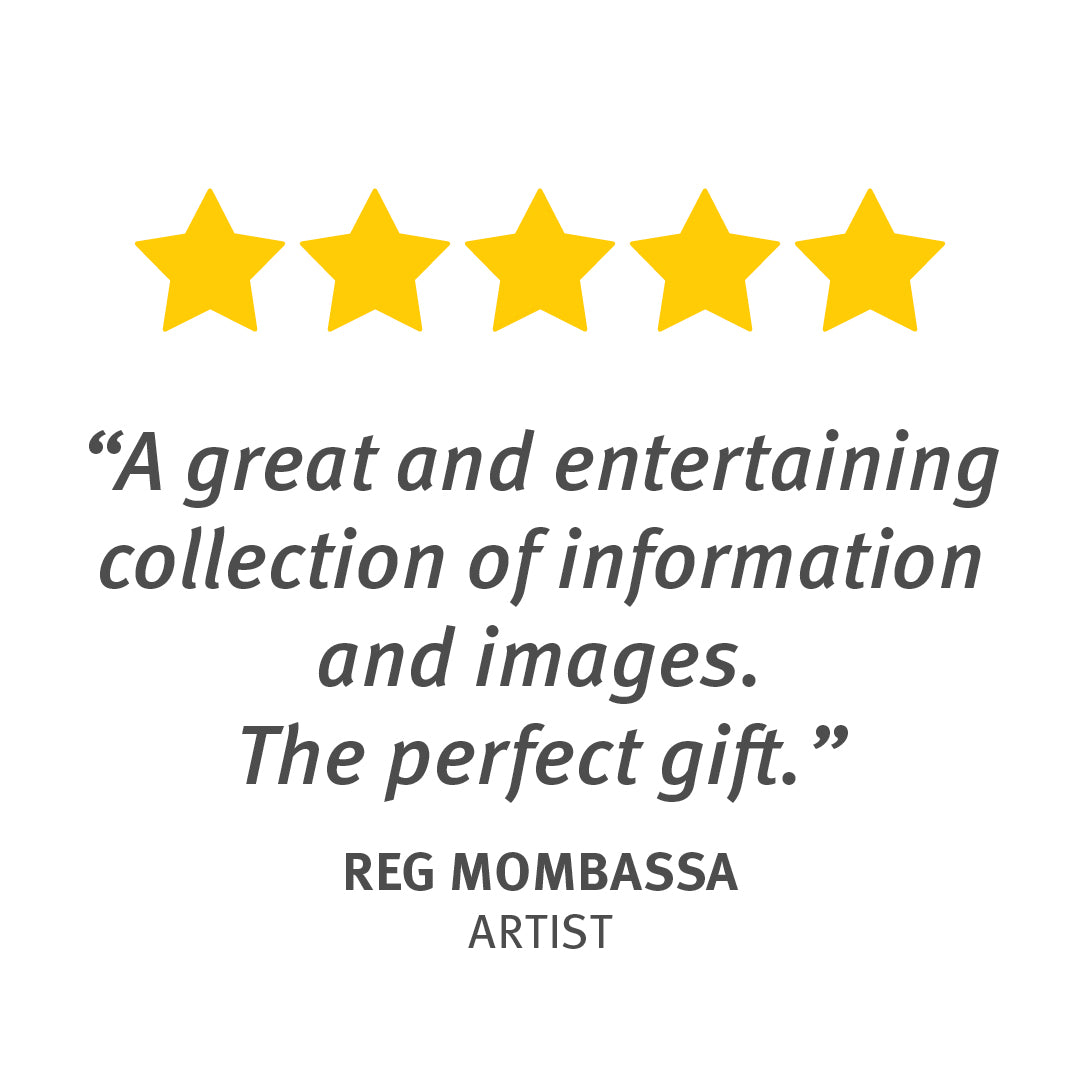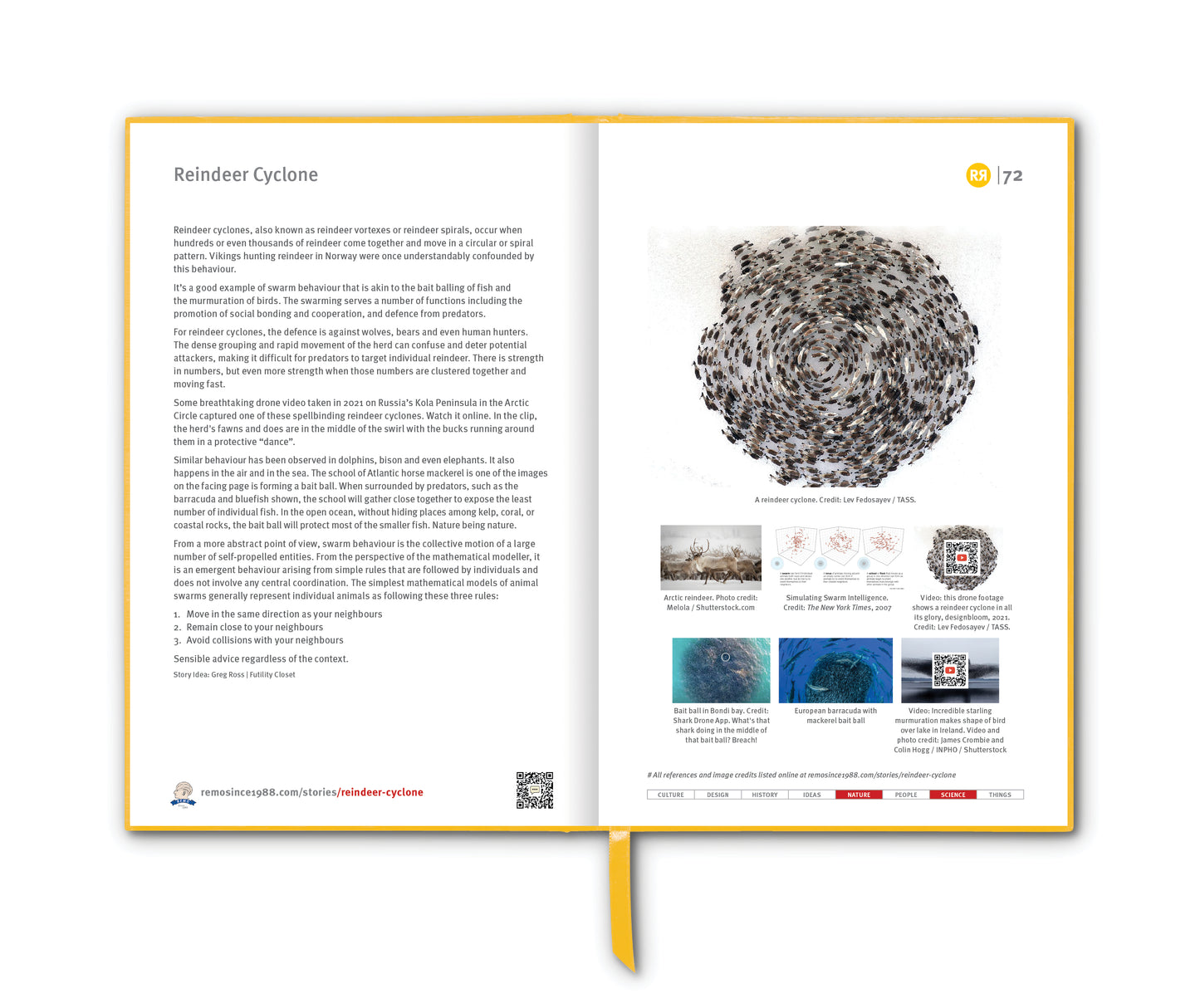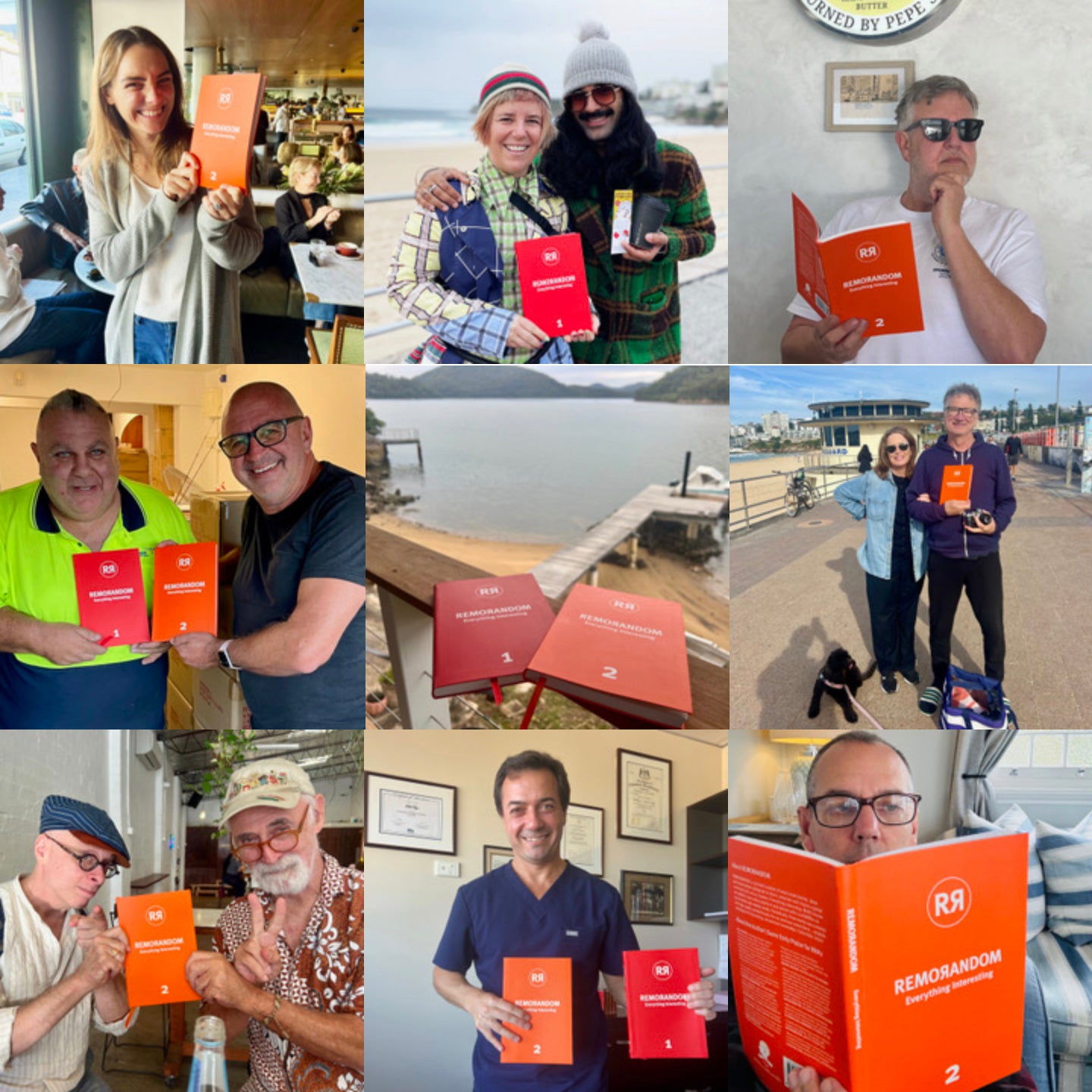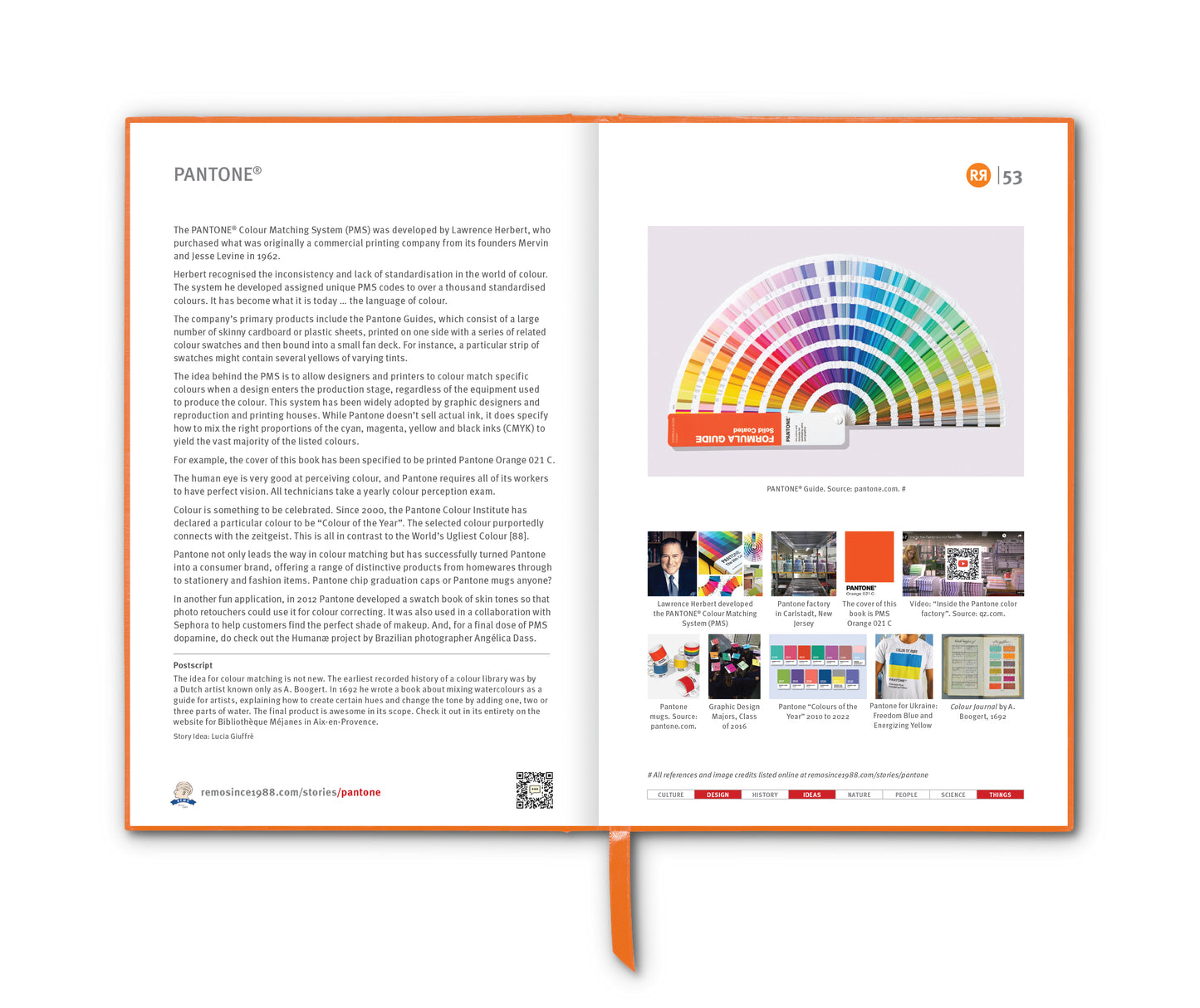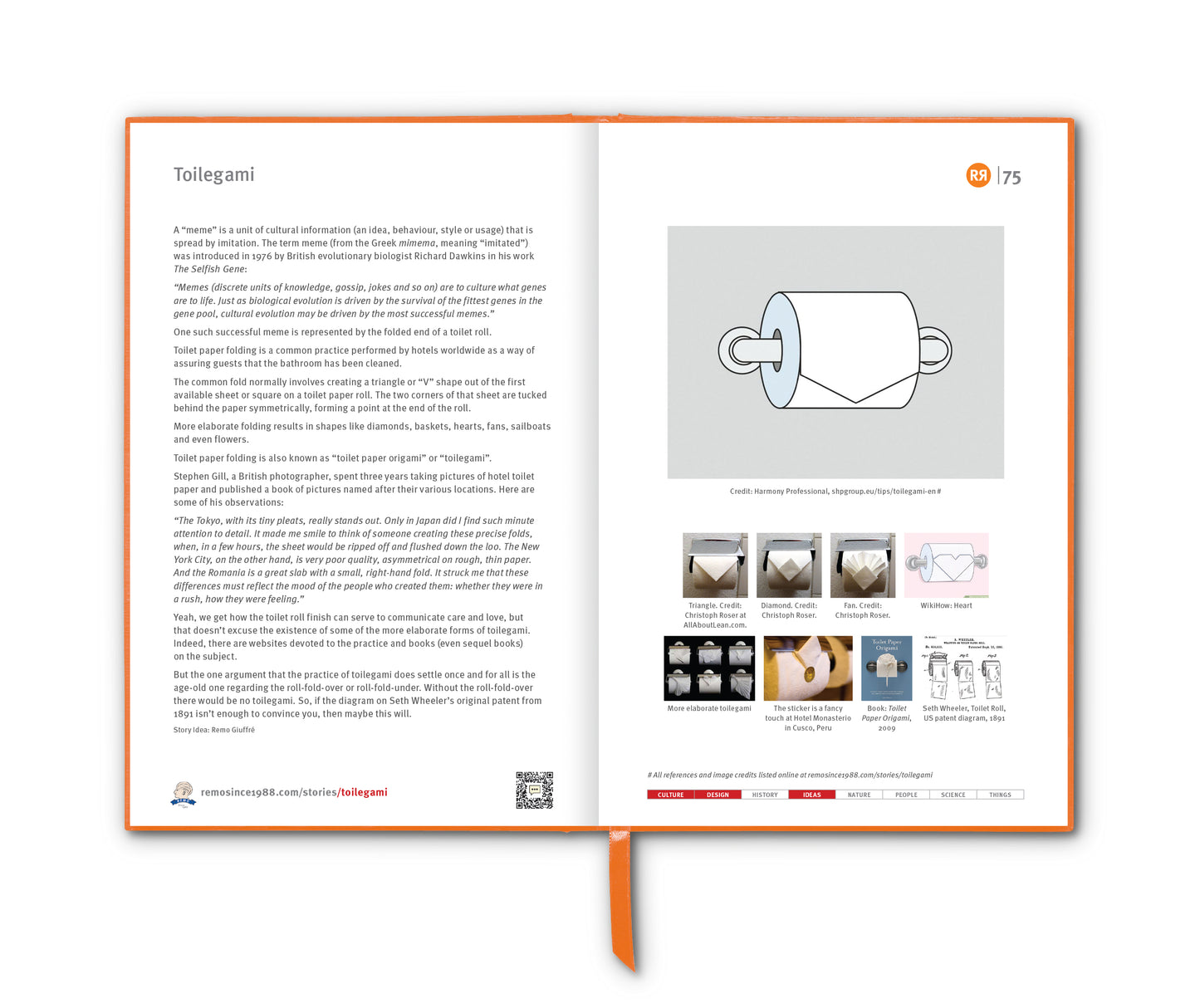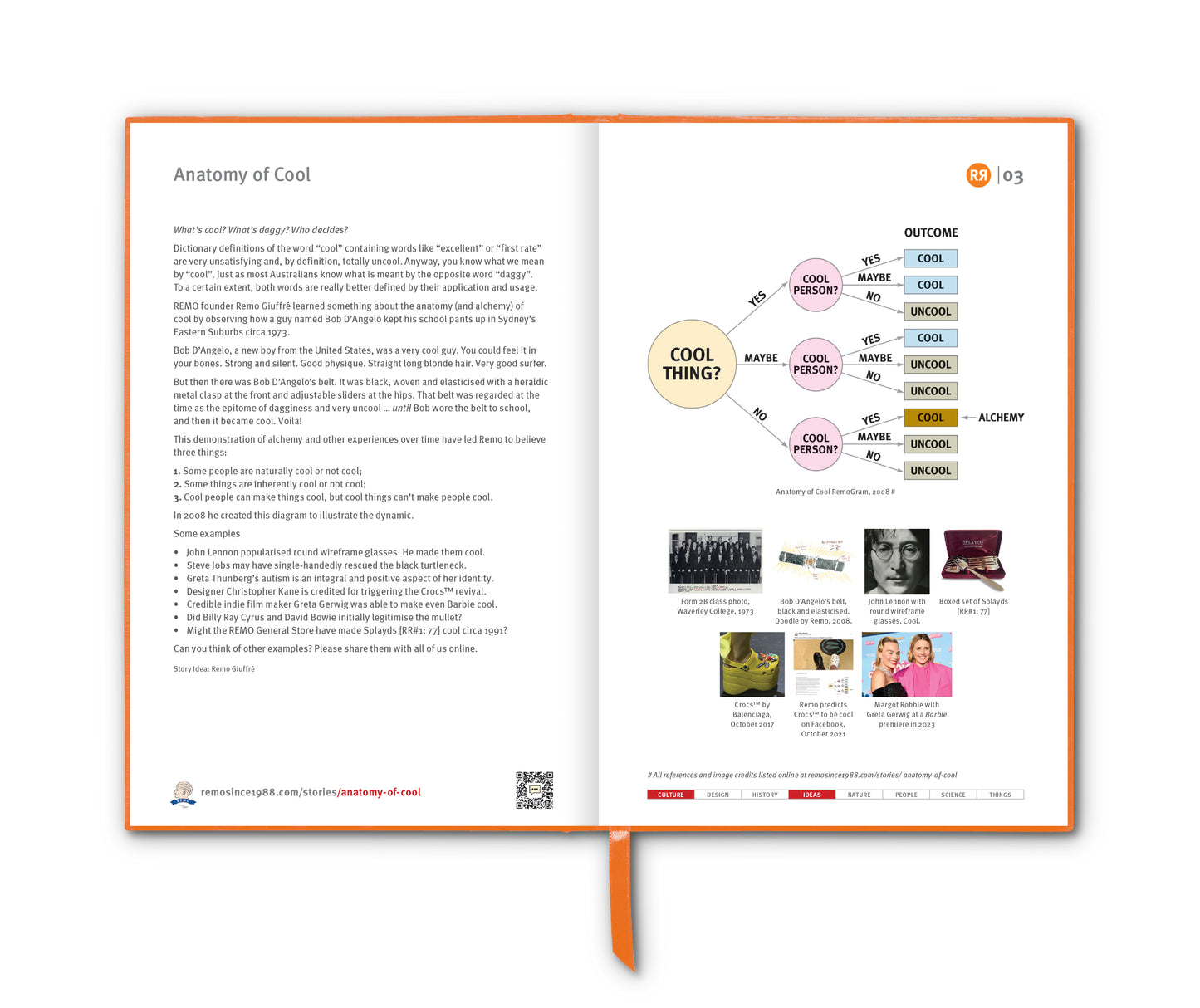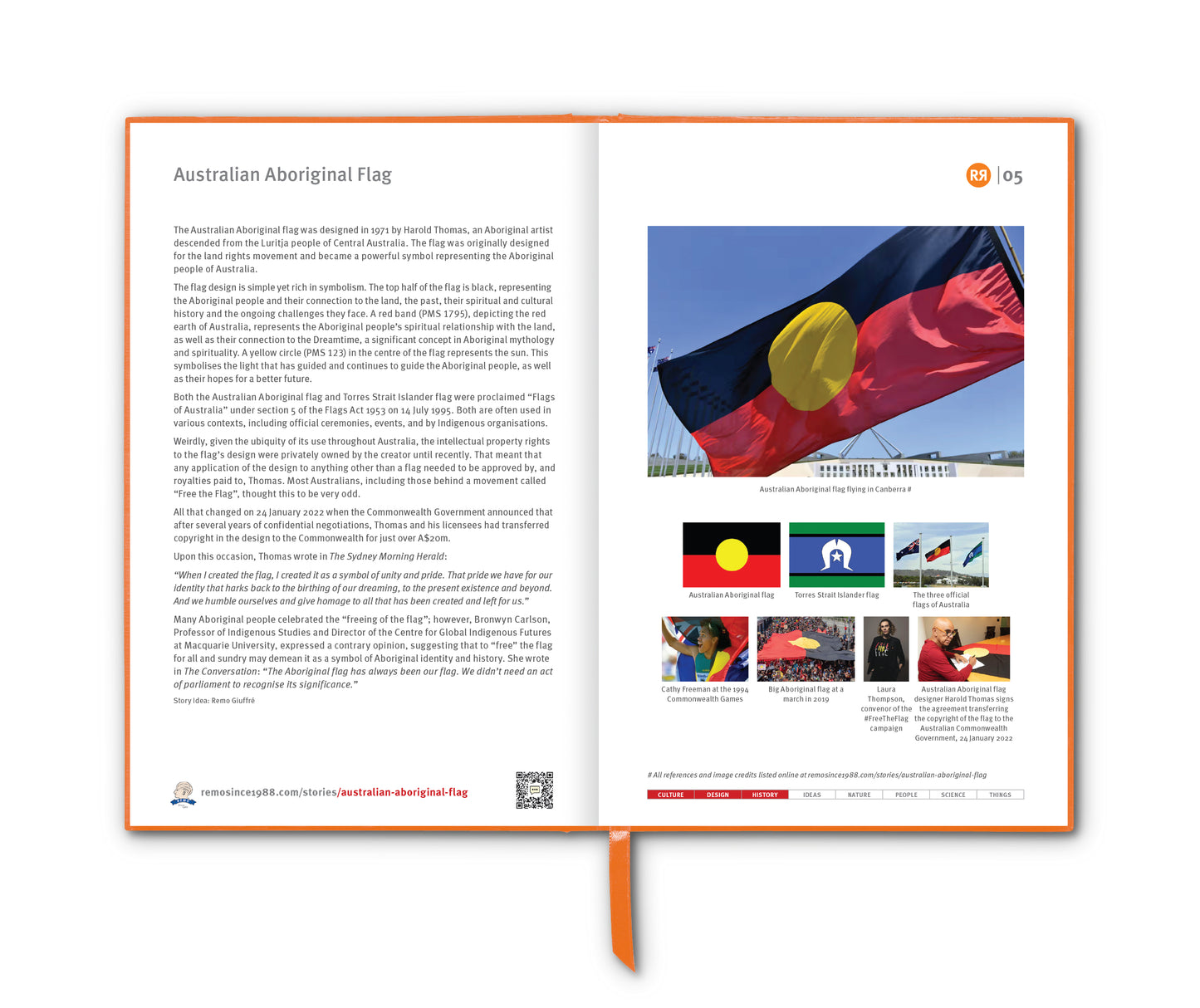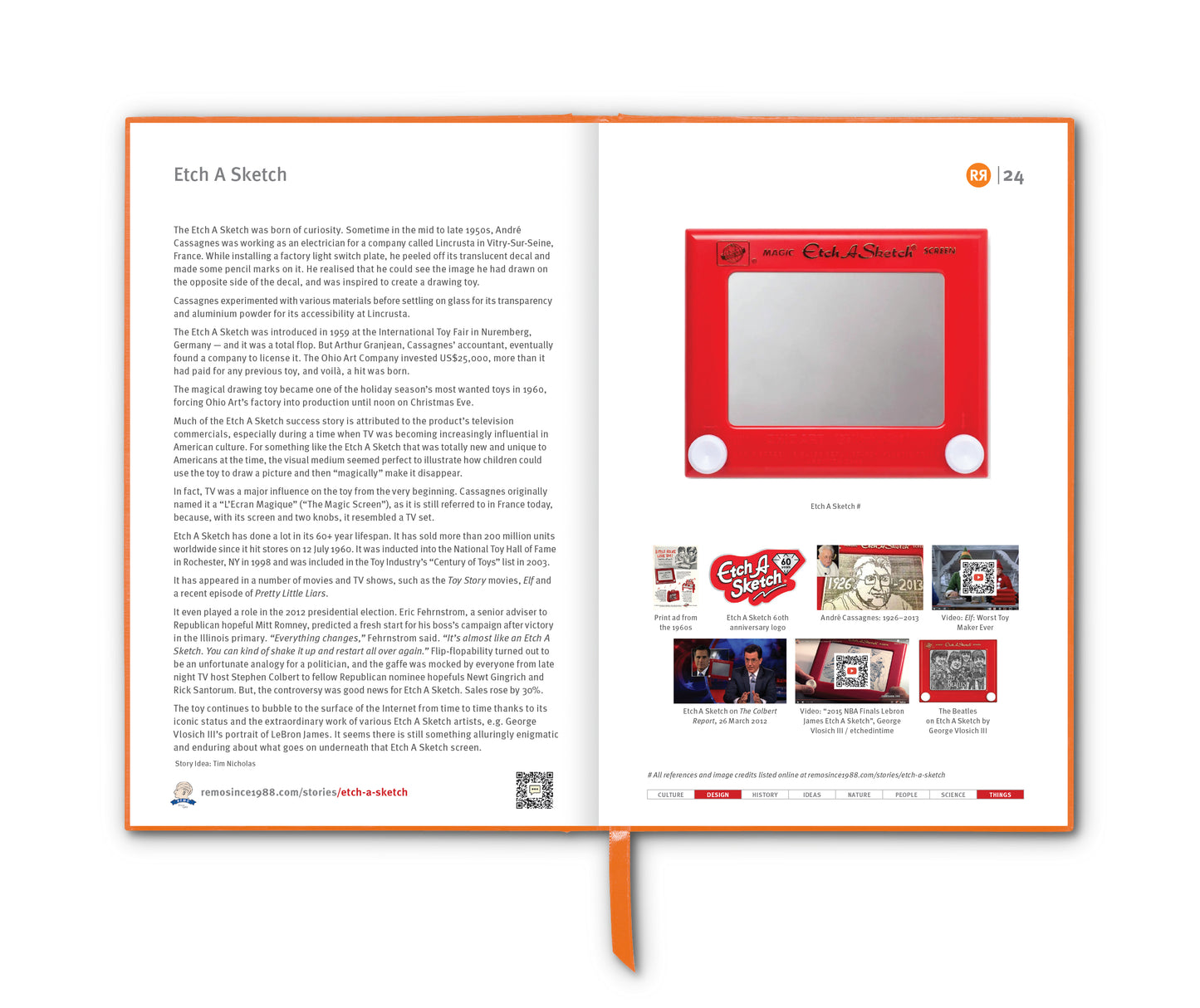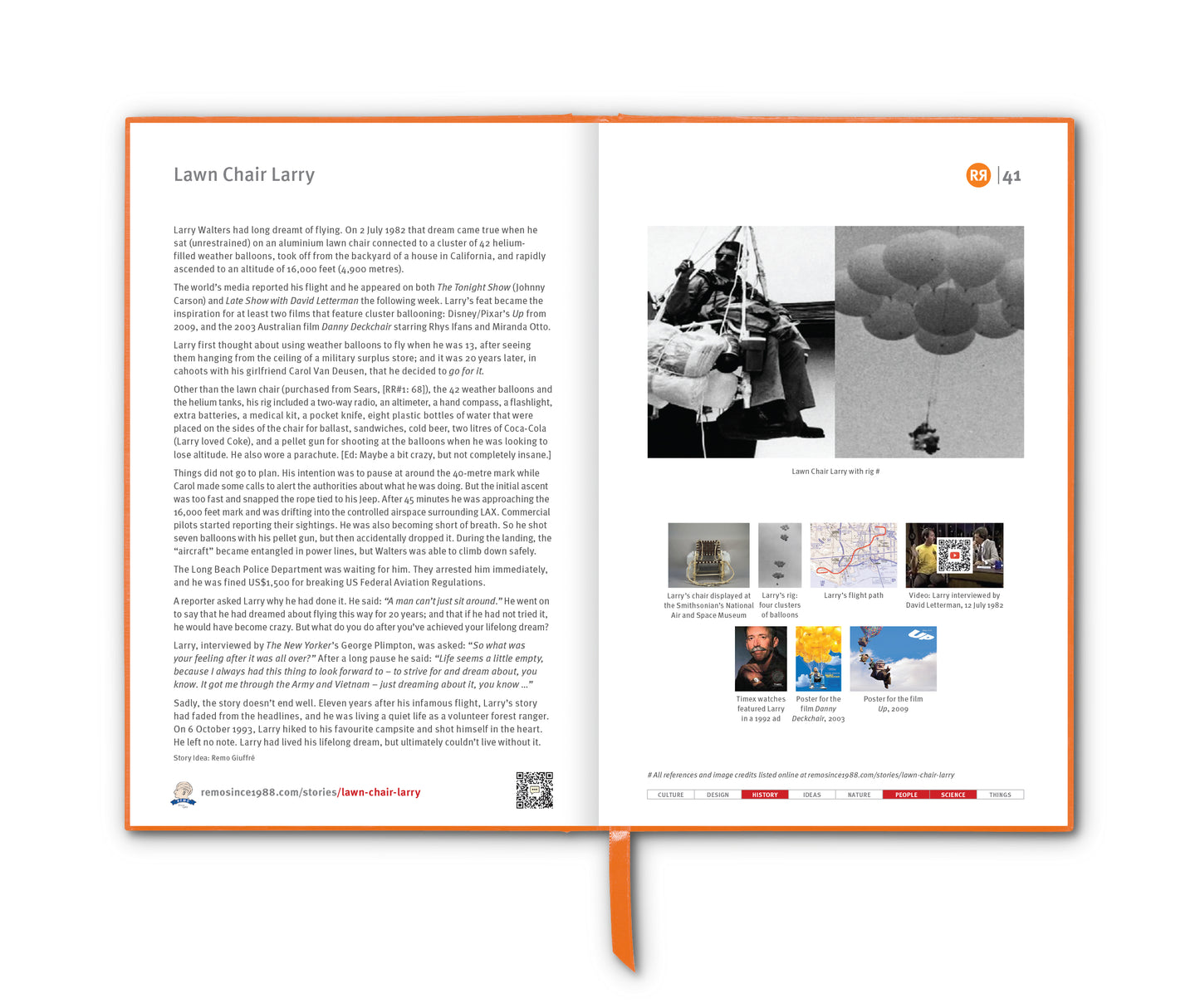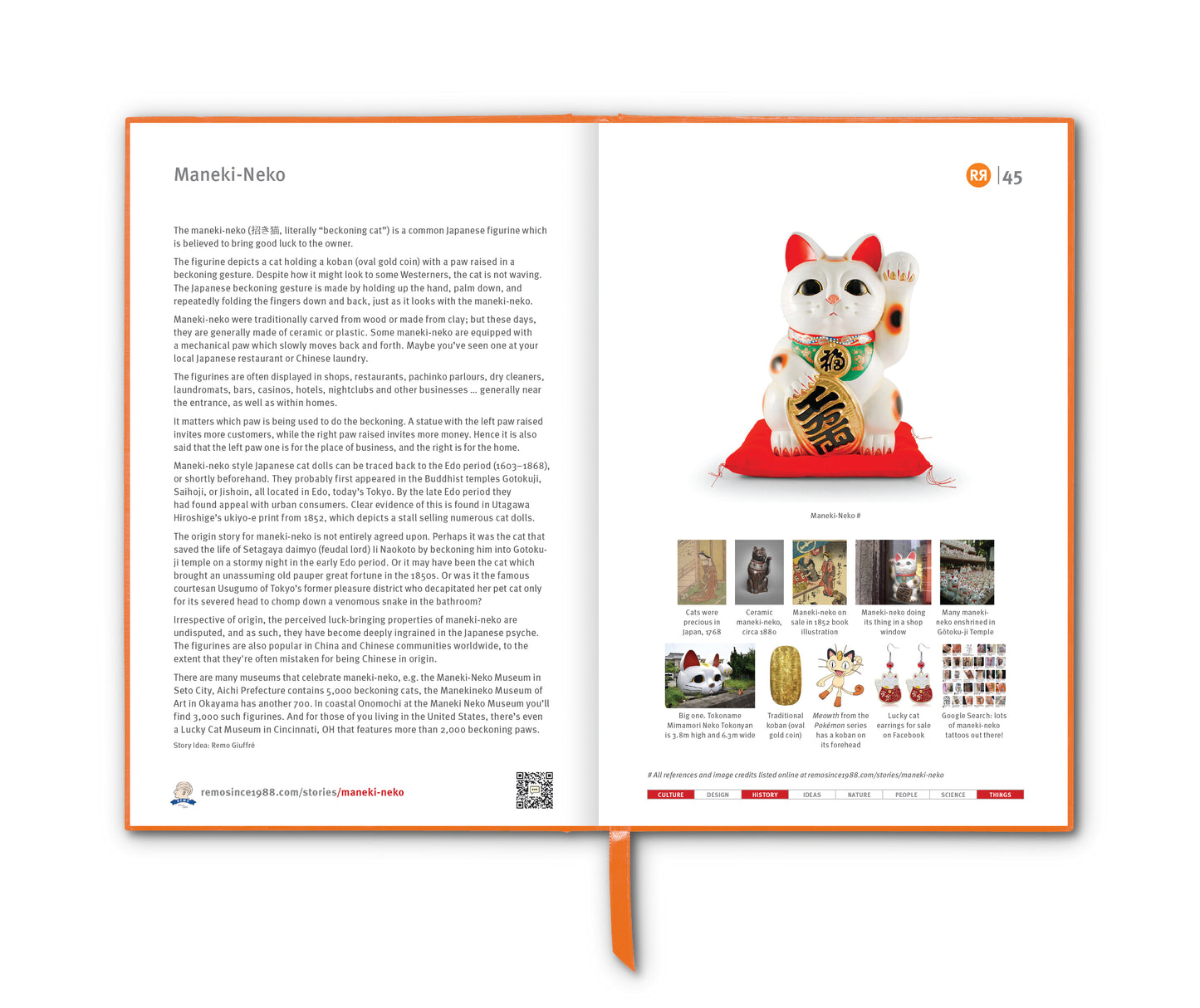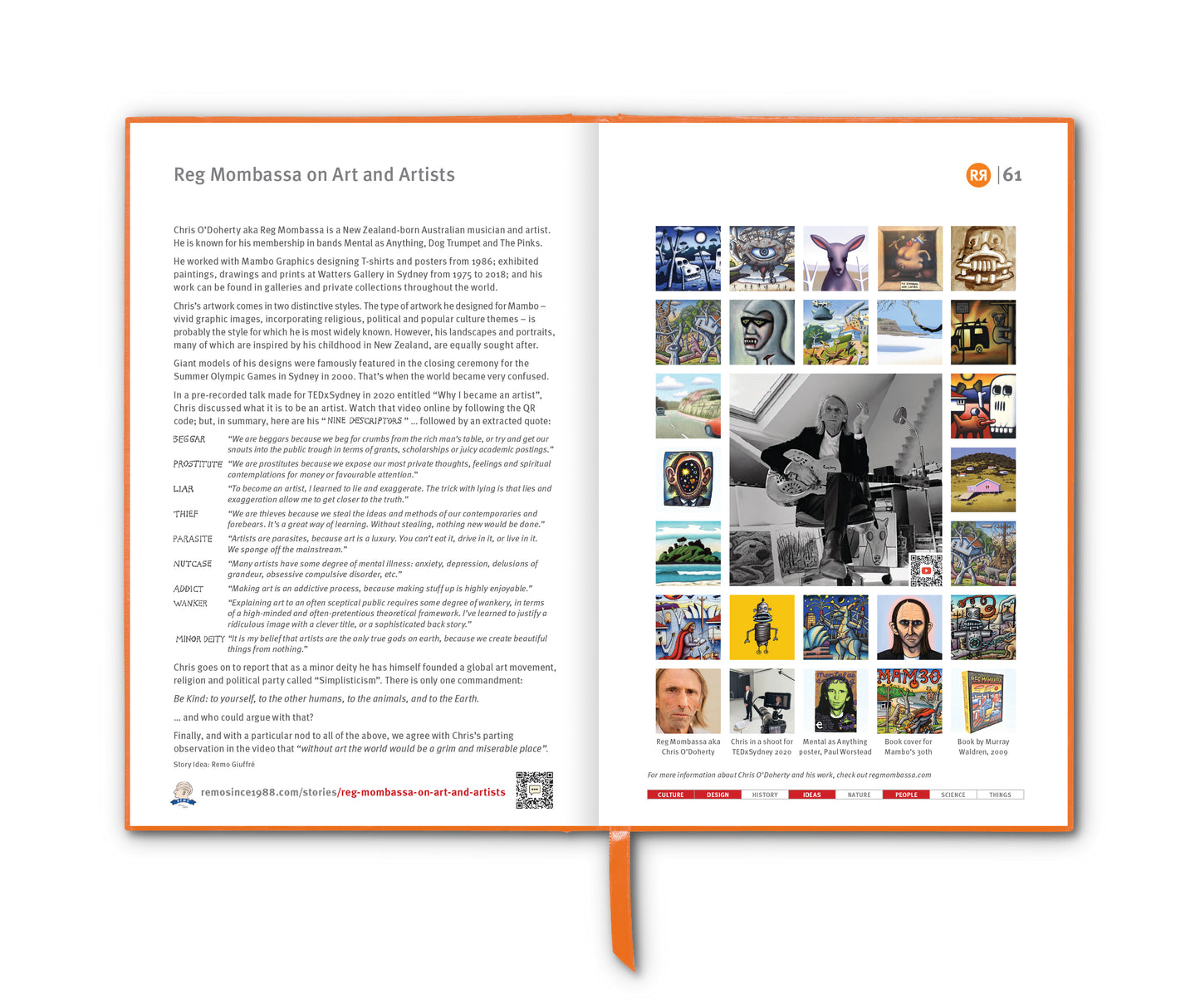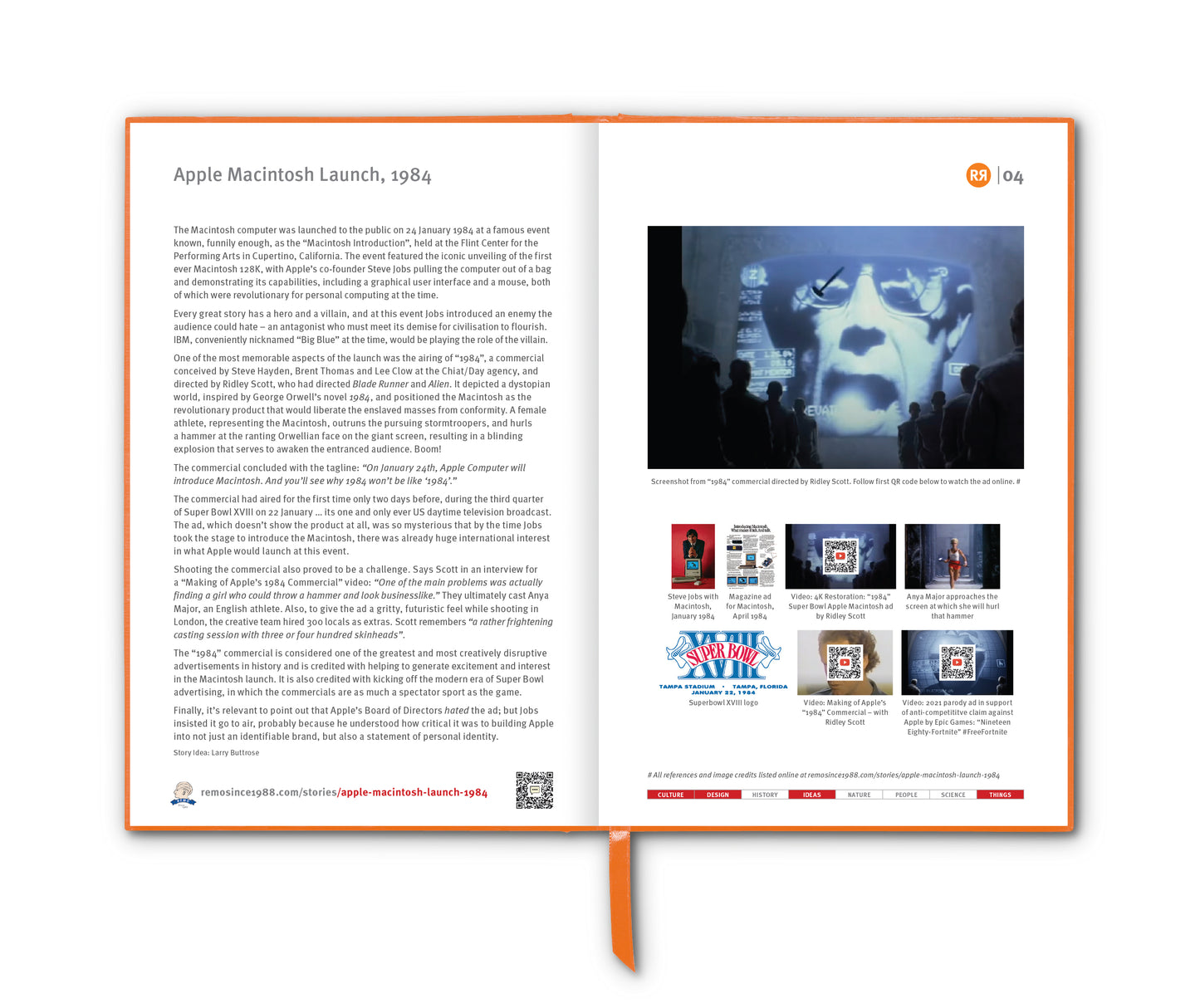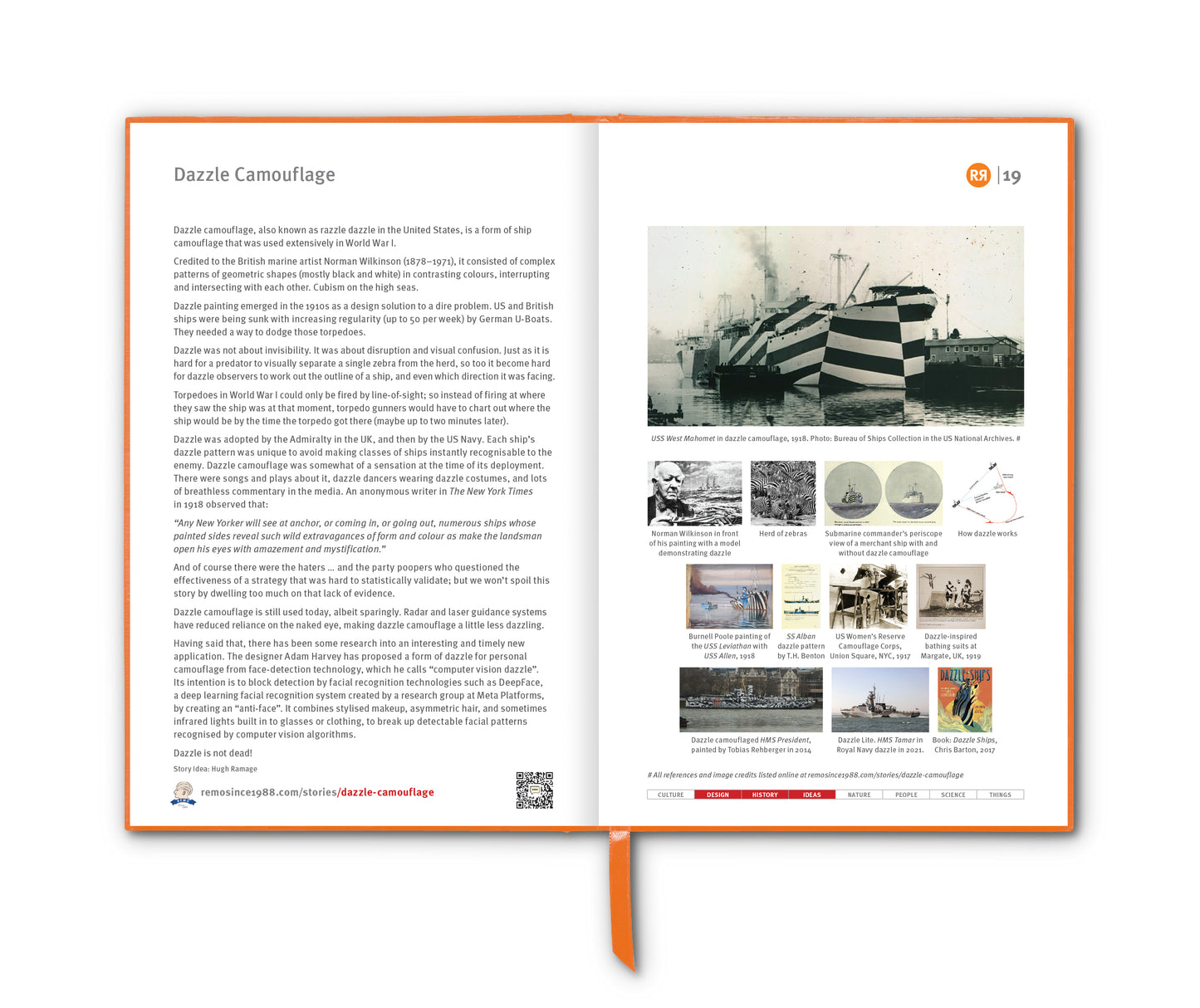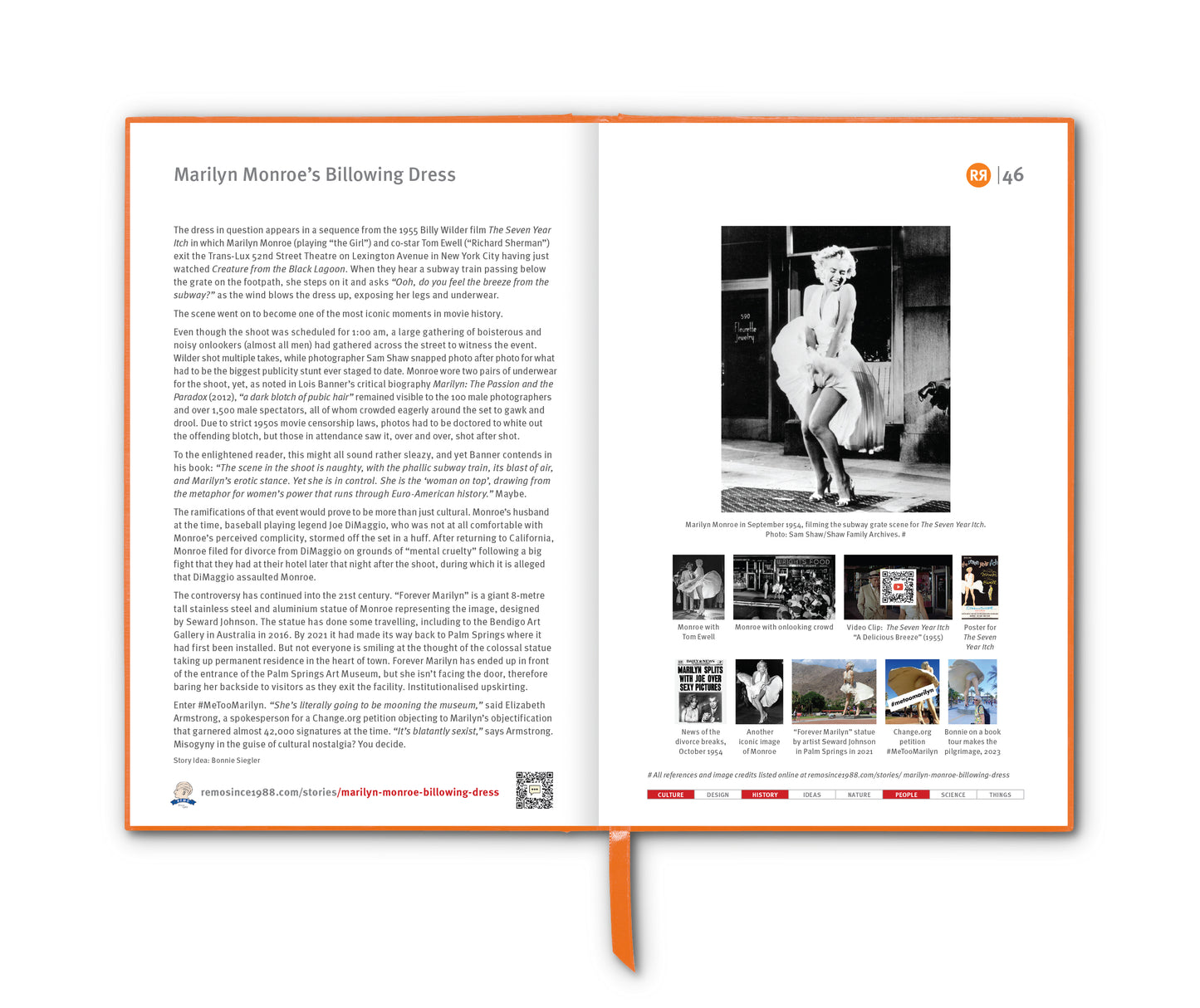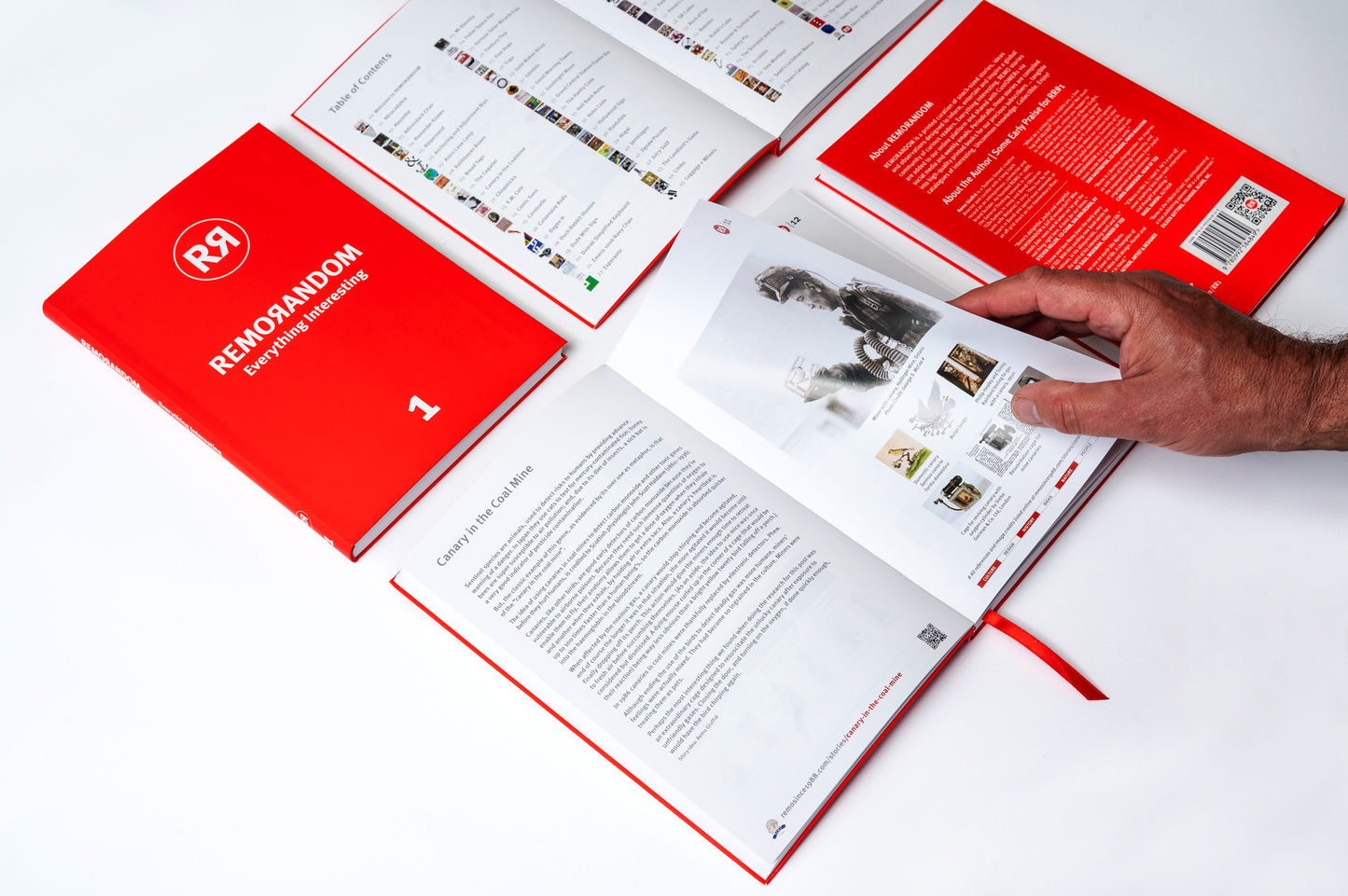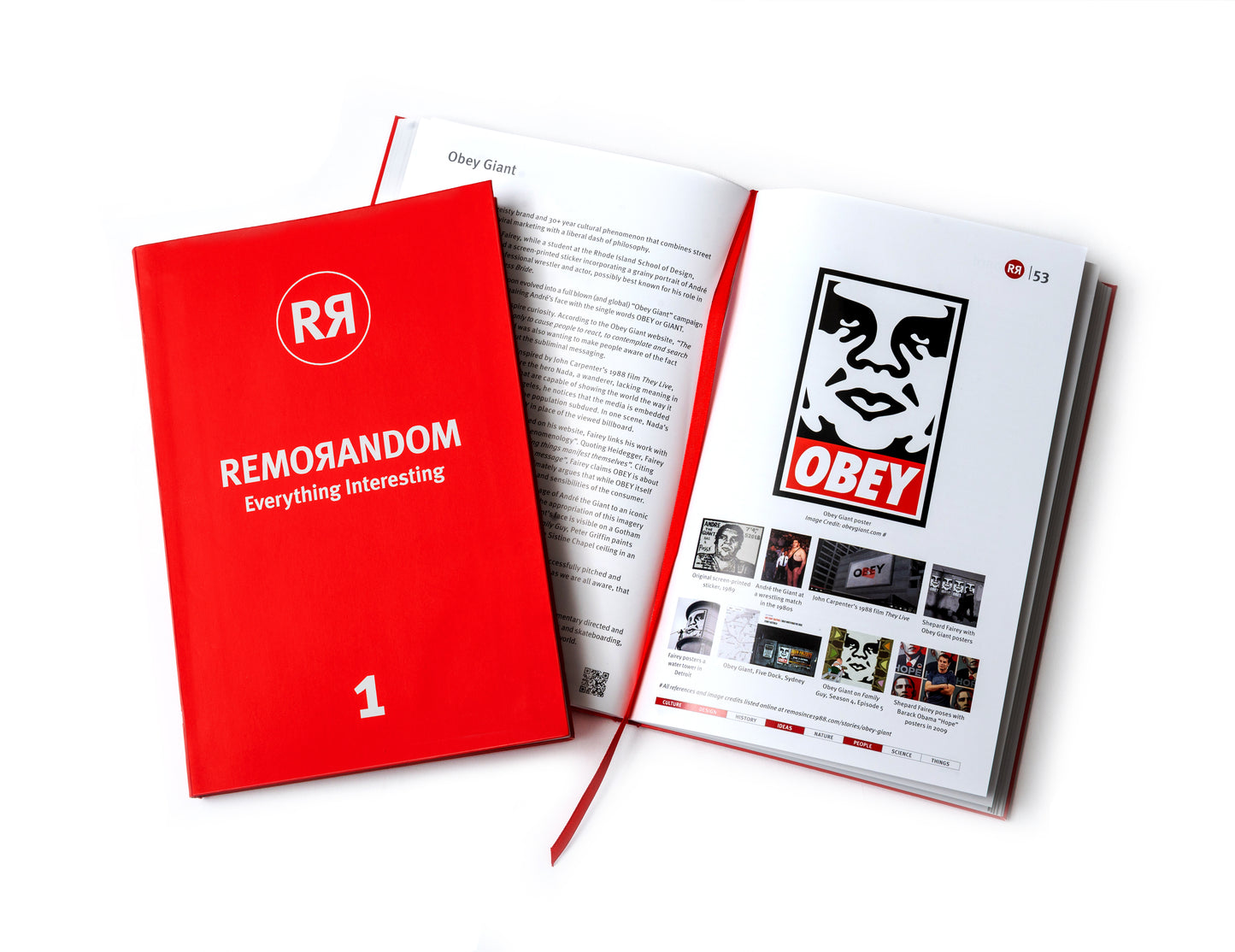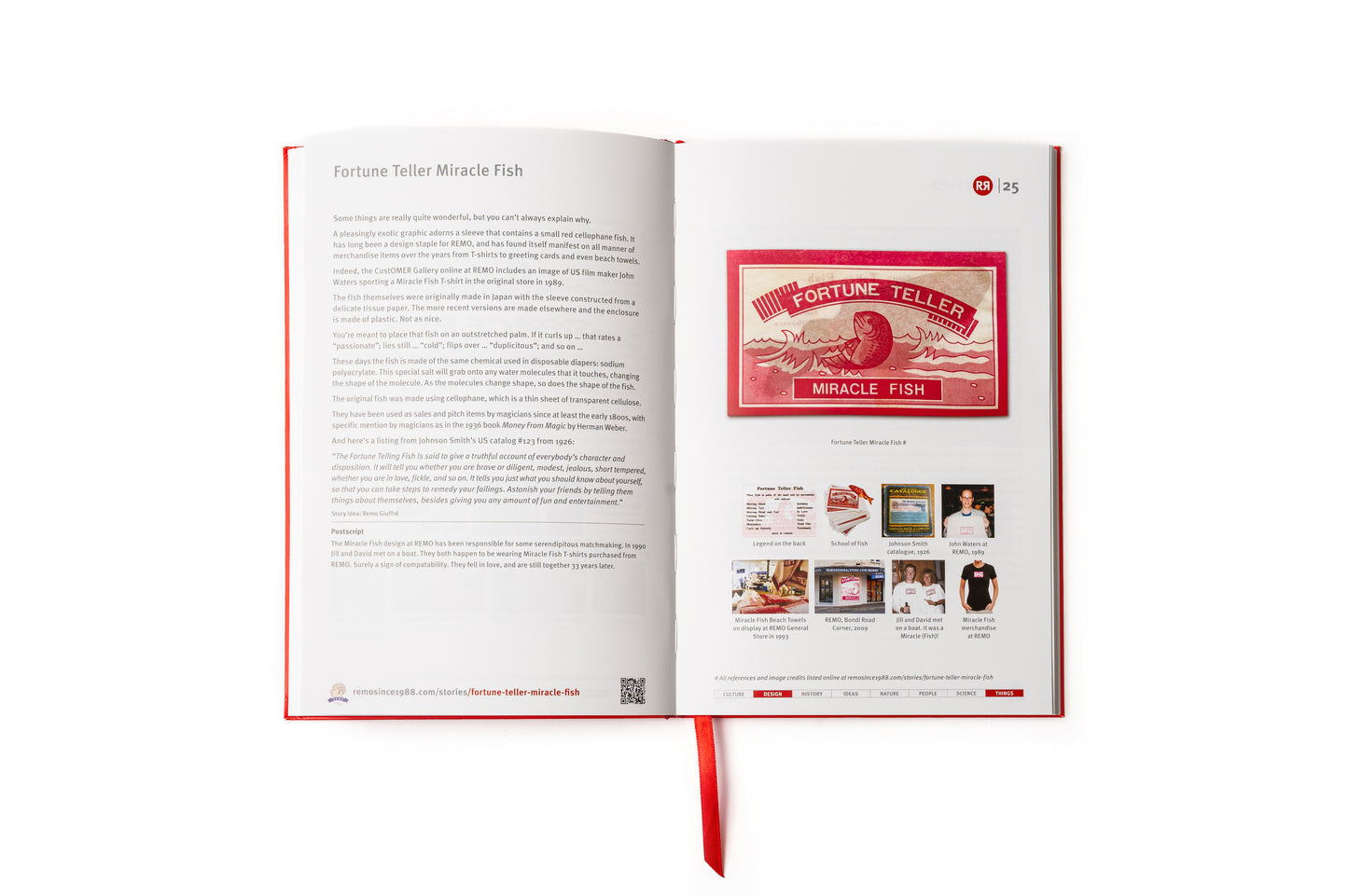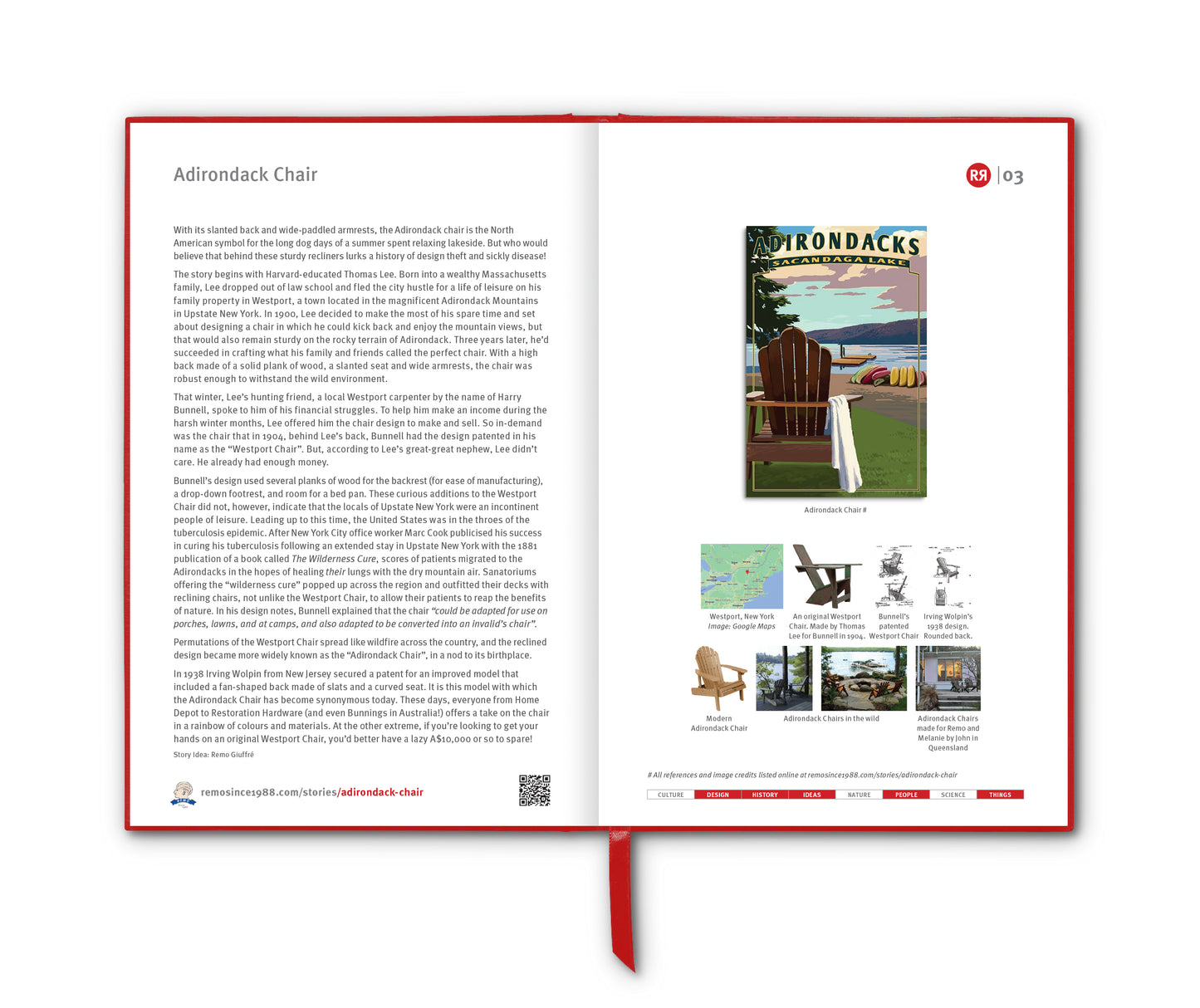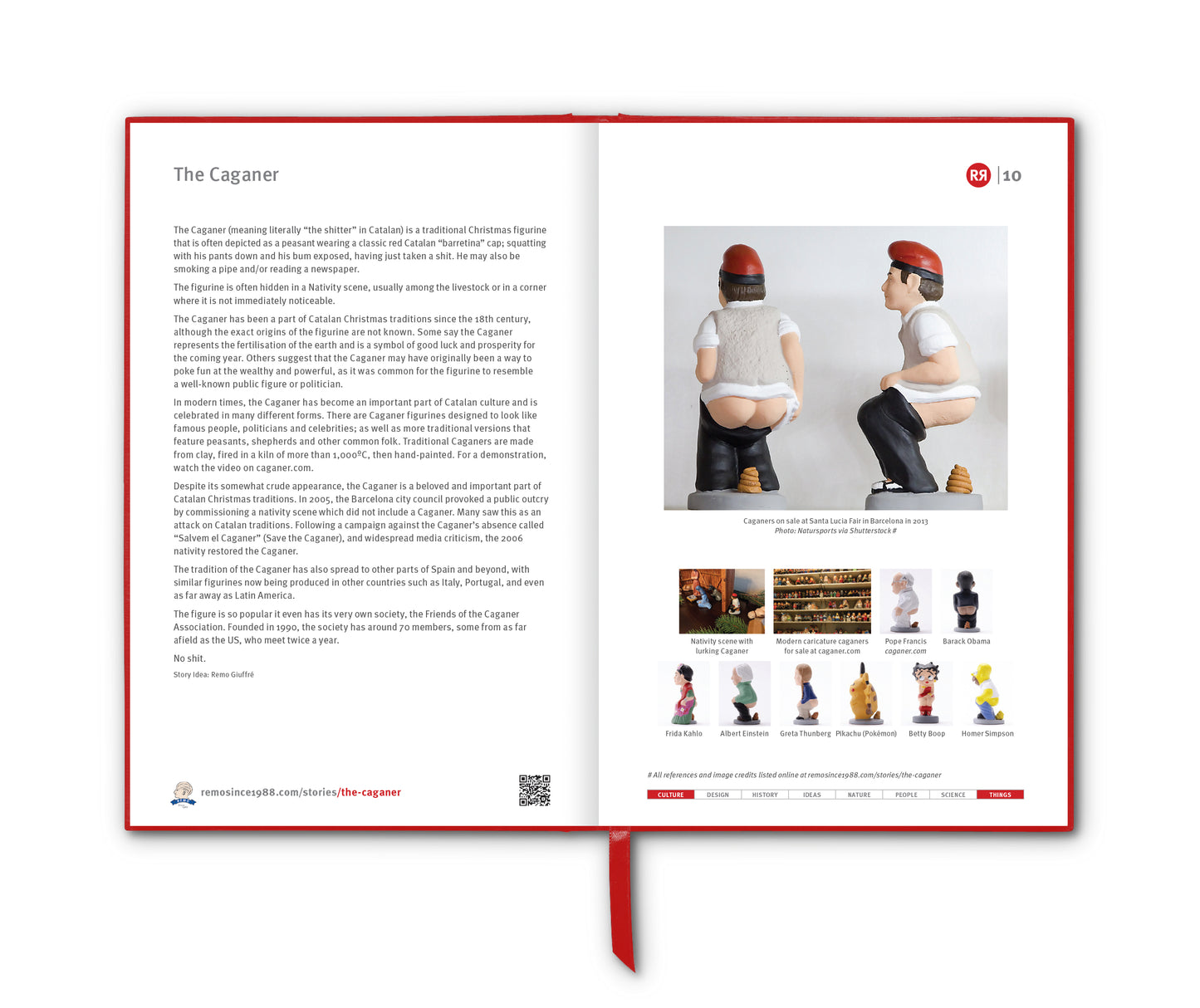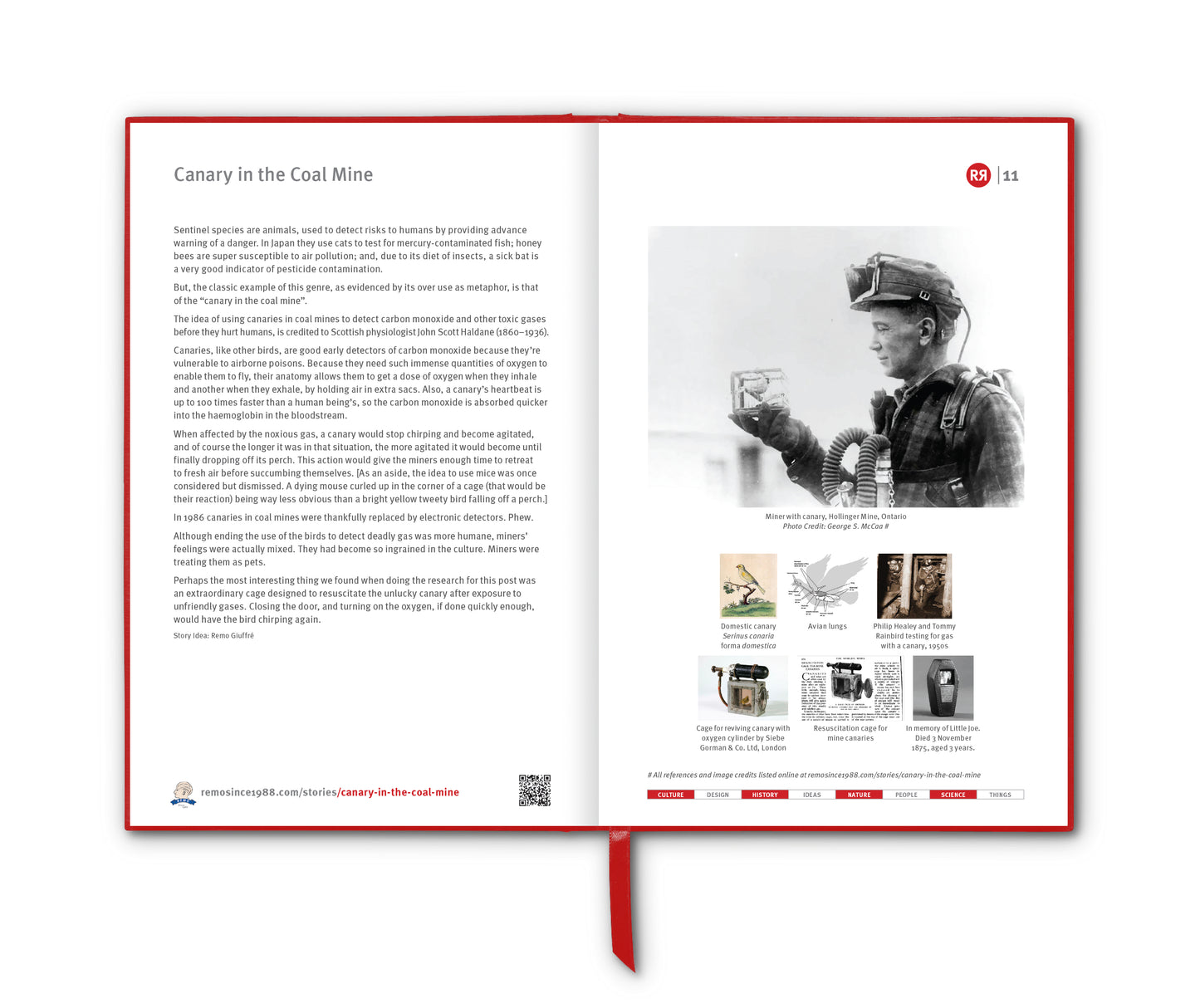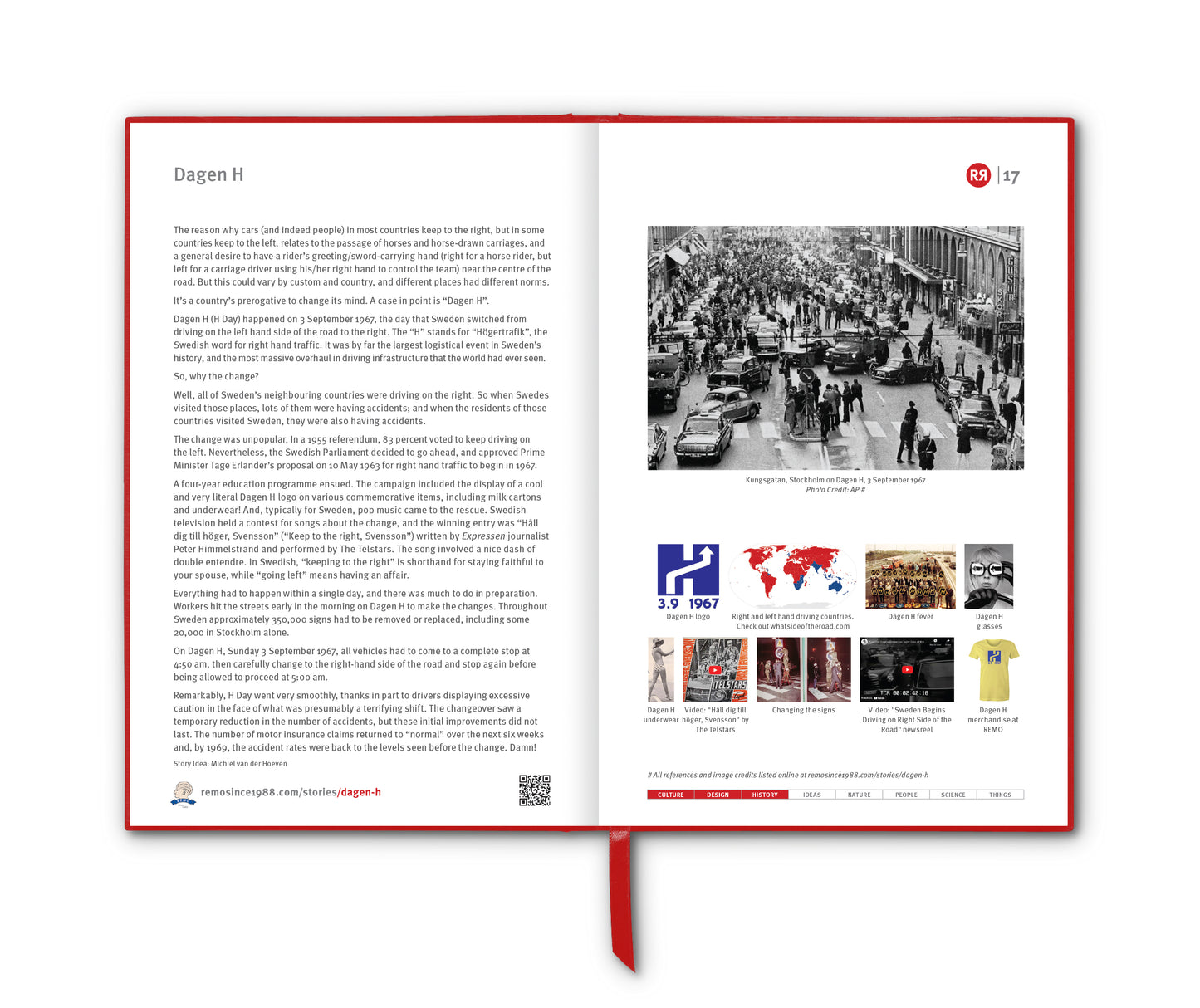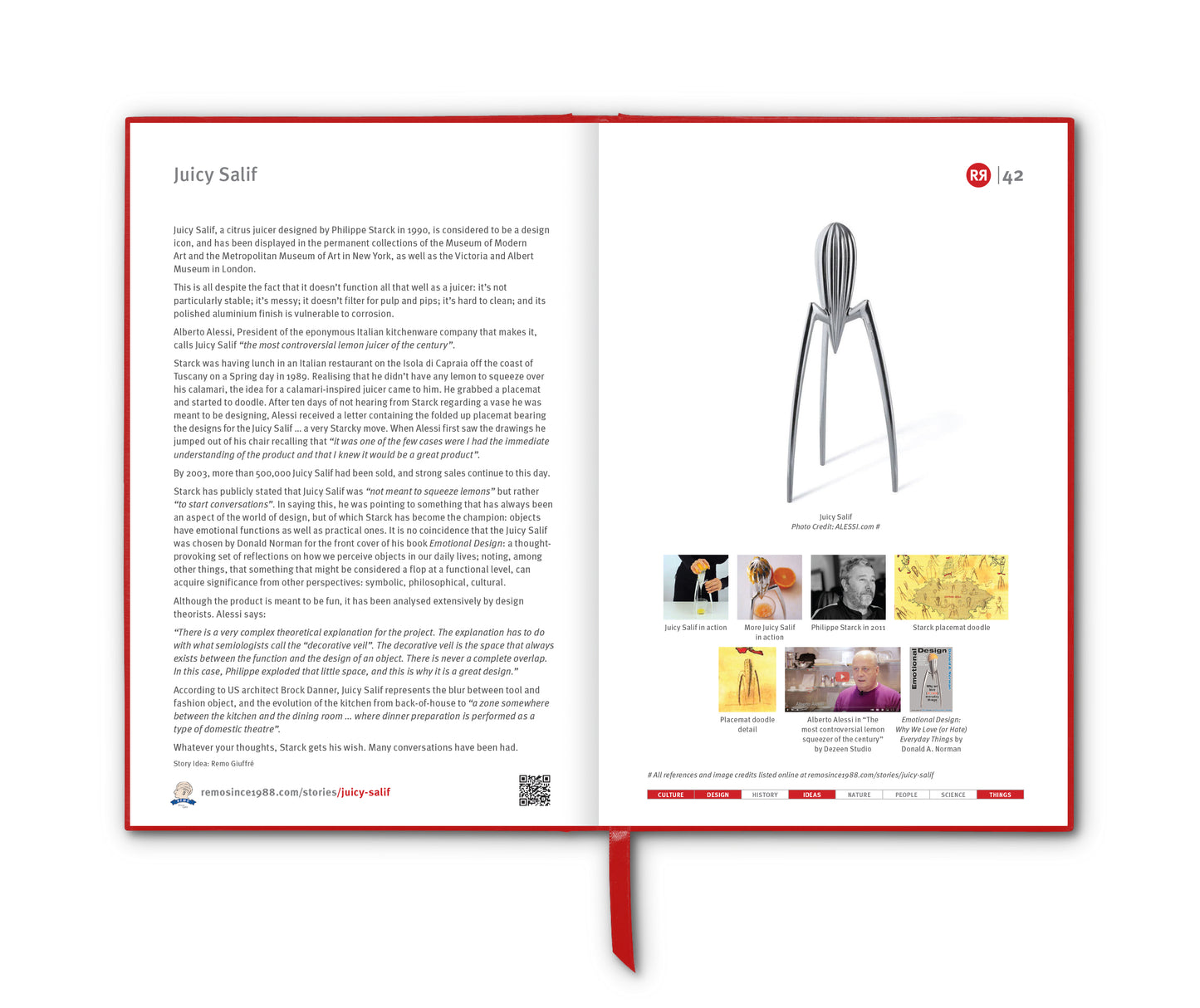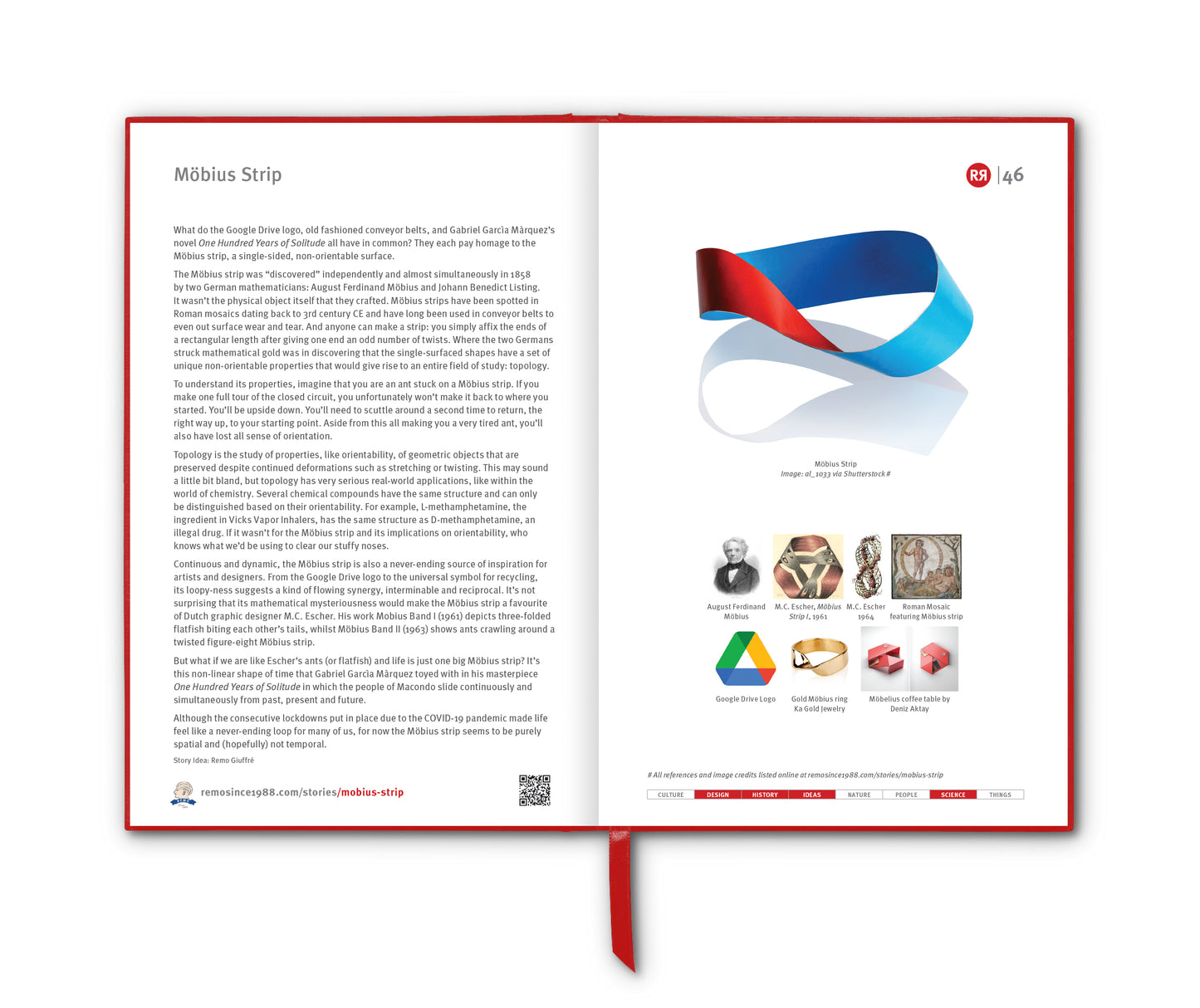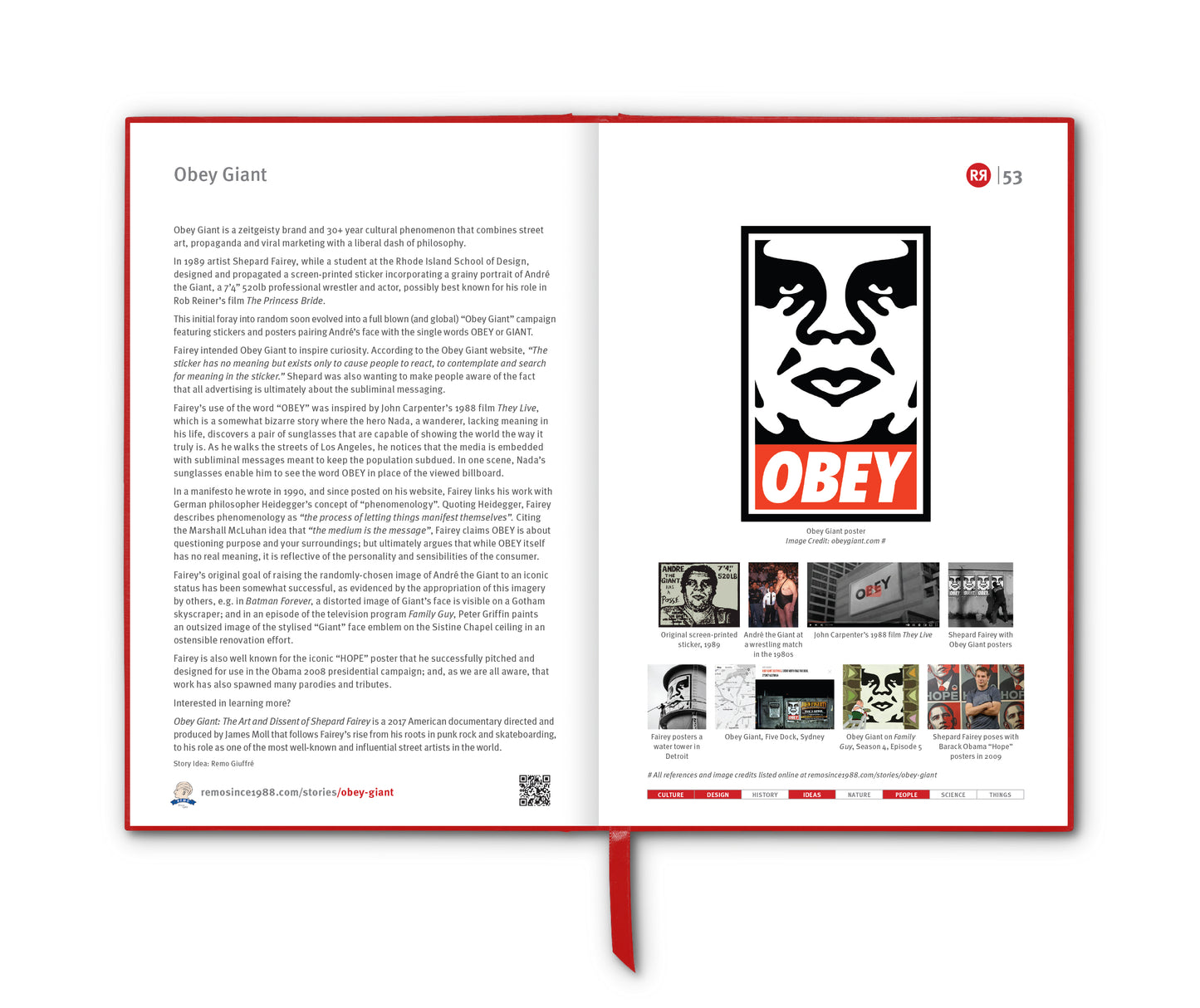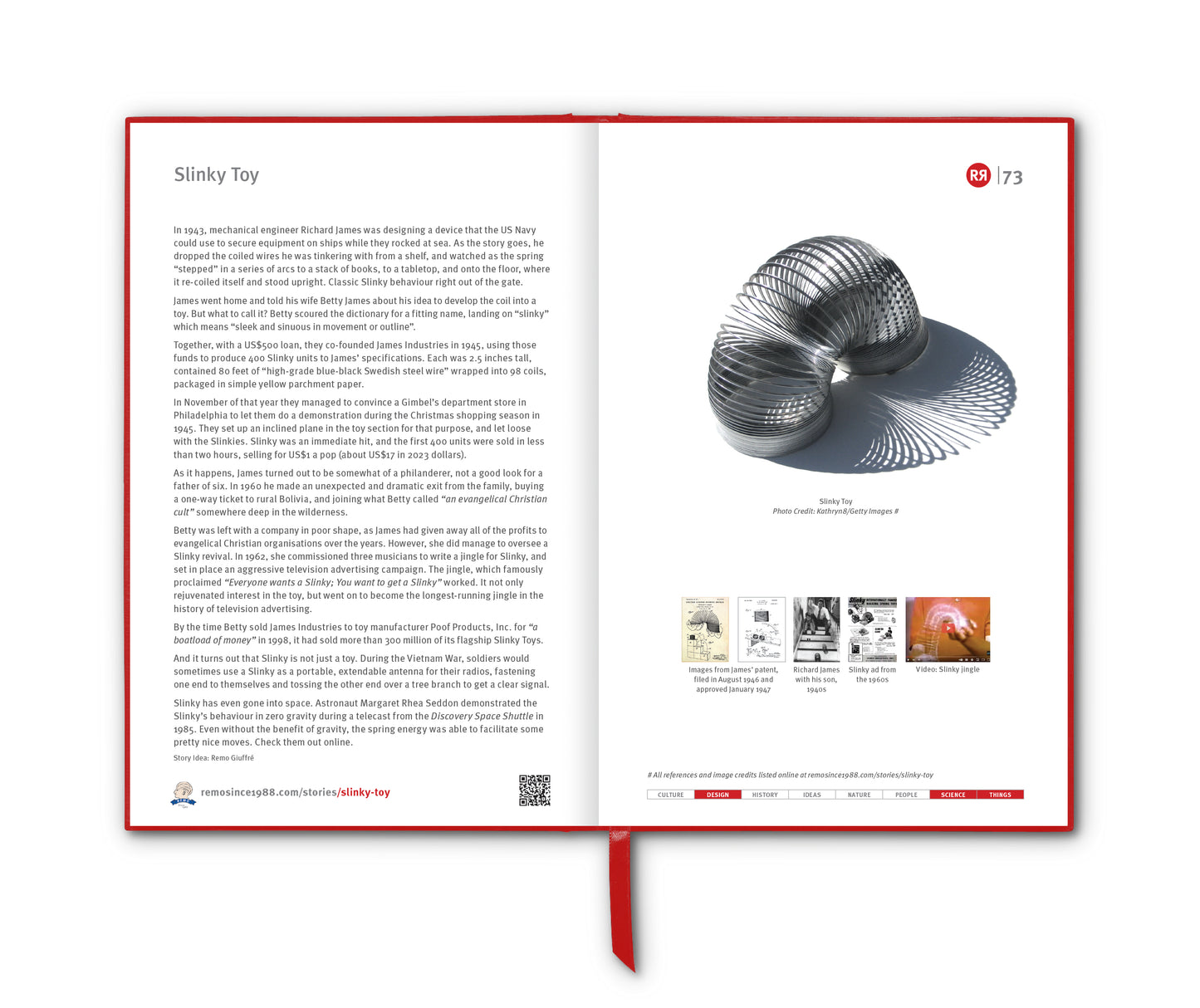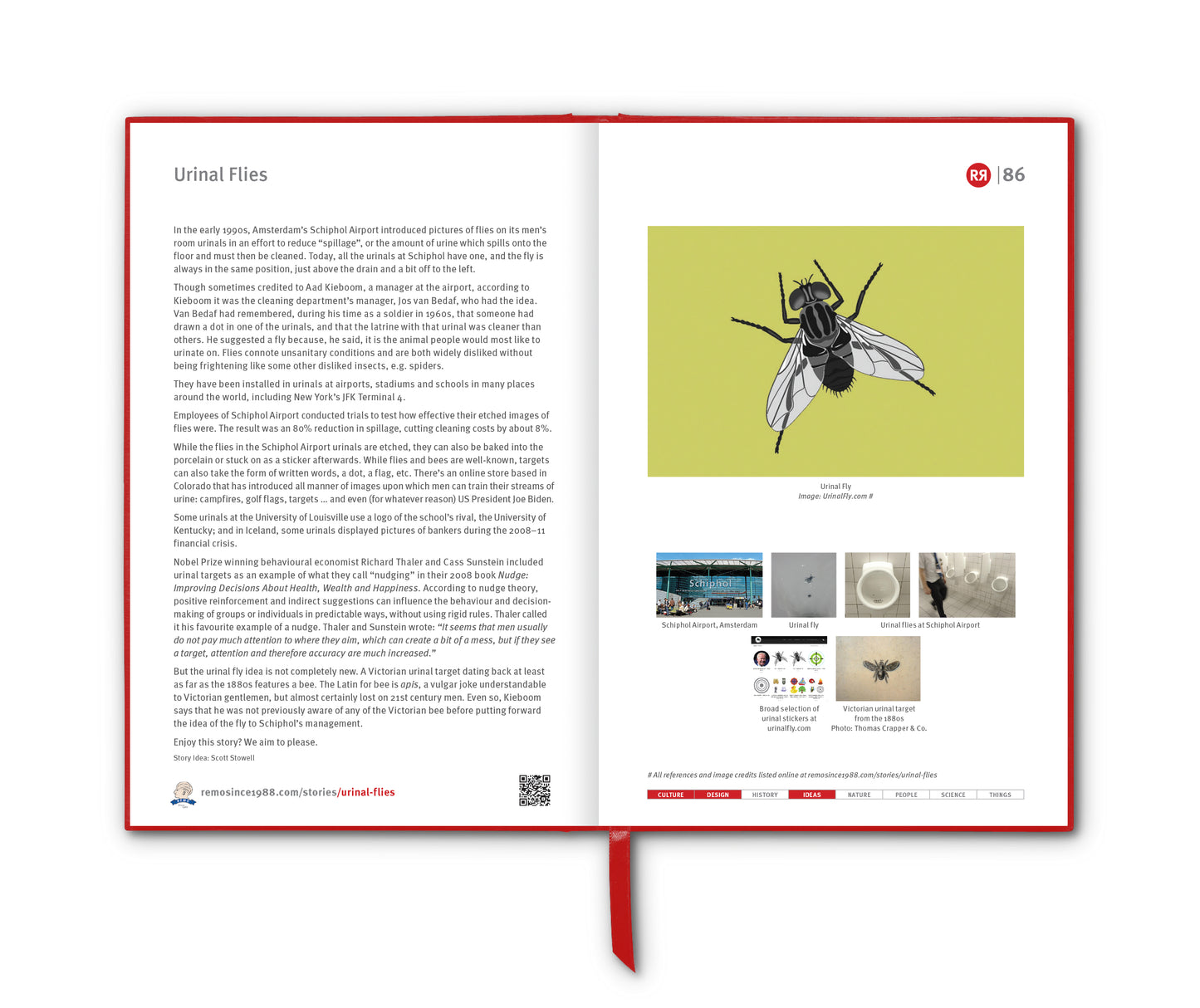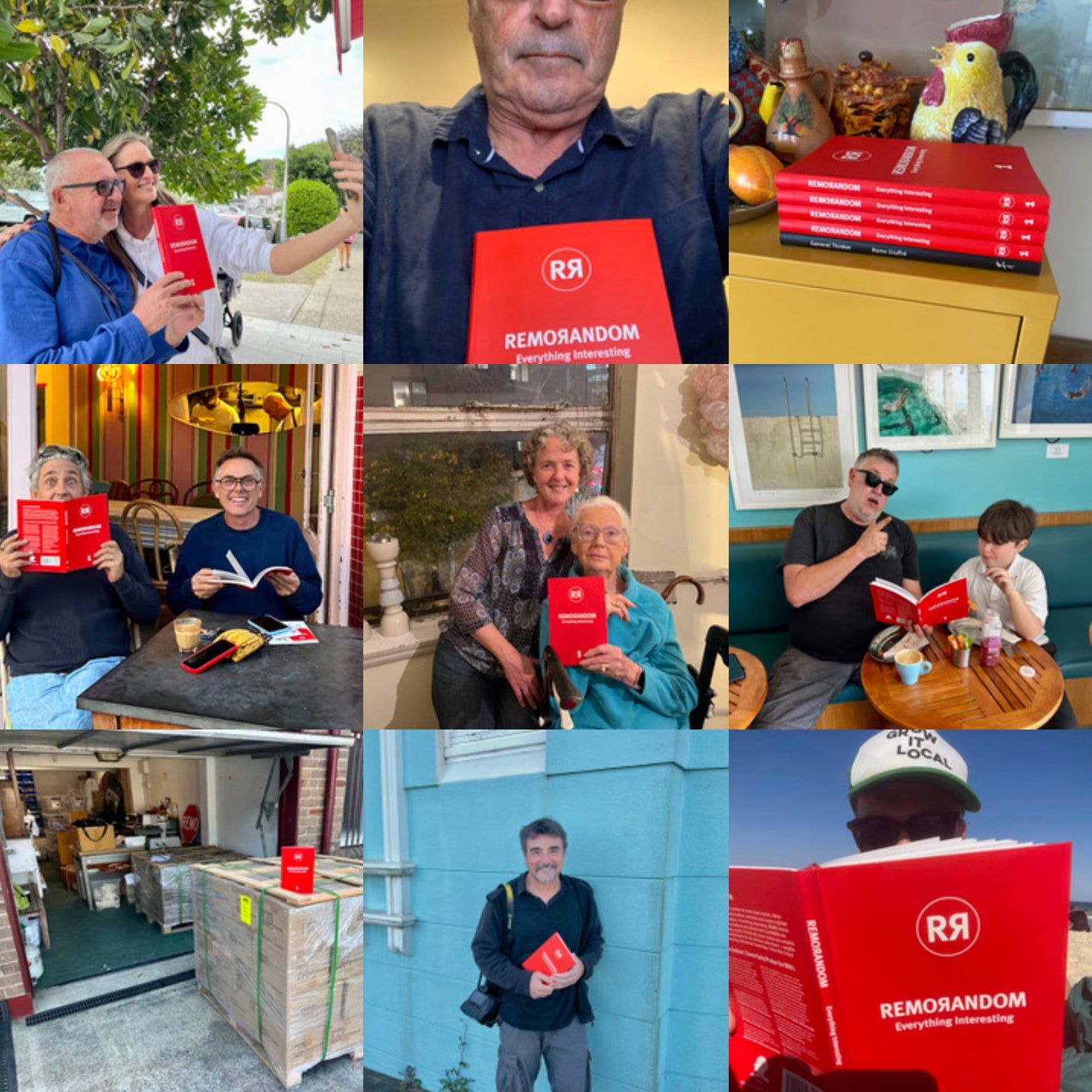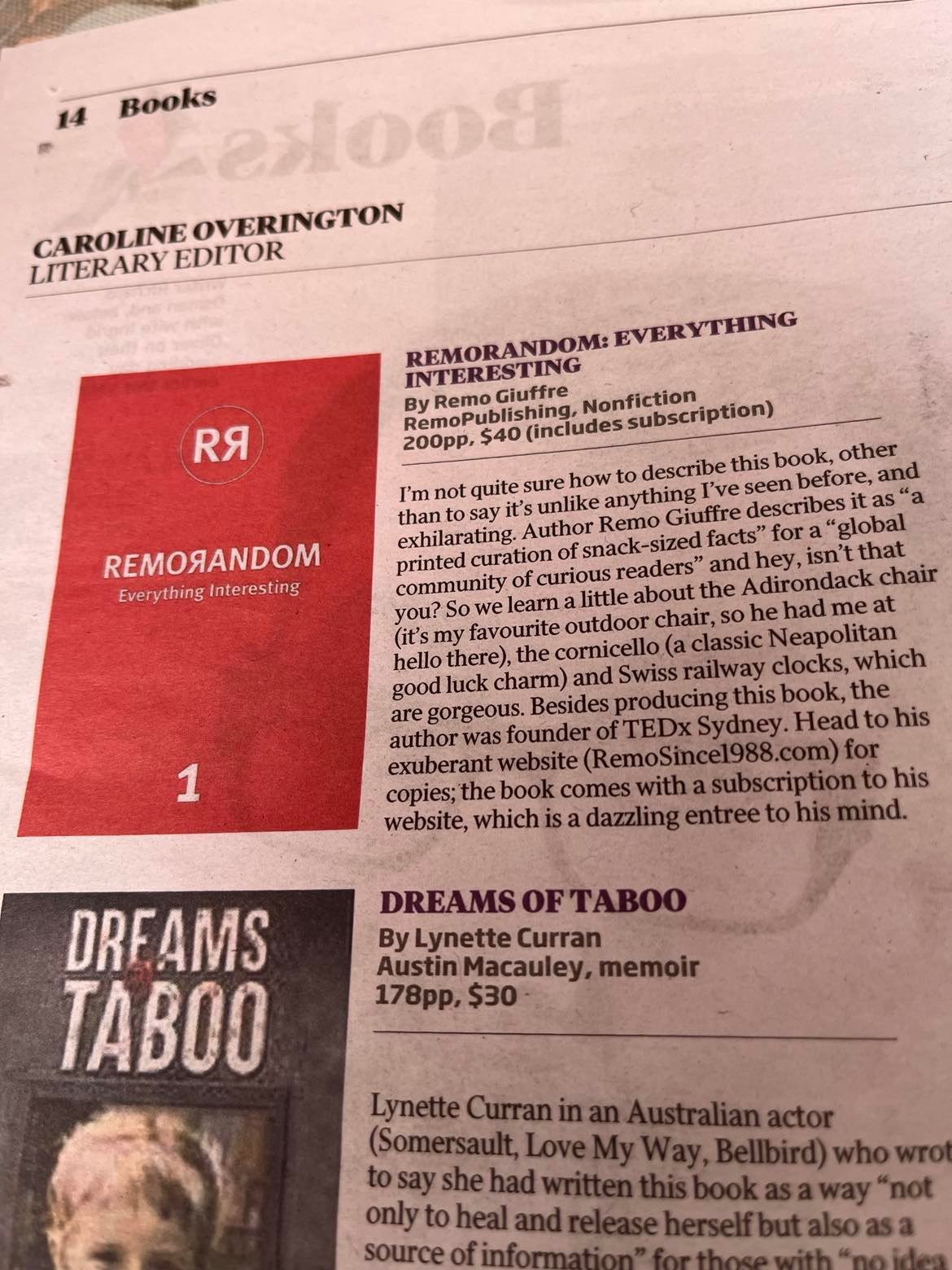Occupying a mere 8m2 and fronting Cortlandt Alley in TriBeCa, New York in what was once a freight elevator for a former warehouse, sits Mmuseumm [Ed: Not a typo] – a tiny but very special gallery that presents rotating collections of story-rich artifacts, objects and curiosities gathered from around the world.
Founded in 2012 by Alex Kalman (longtime friend of REMO) and the Safdie brothers (the filmmakers behind Uncut Gems), this micro-museum defies the conventions of traditional institutions. Its mission? To exhibit "modern-day artifacts" that tell the story of the contemporary world in all its weird, poignant and mundane glory.
Yet despite its size (barely bigger than a walk-in closet), it’s a world unto itself. Visitors peer in through a glass window or step inside the shaft when opening hours permit. The museum operates on the principle of “Object Journalism” – a belief that objects, even the most overlooked ones, can reveal deep truths about who we are and how we live.
Each season, Mmuseumm curates a rotating selection of items from around the globe.
Past exhibits have included dice made out of bread by a prison inmate, the last pair of Al Goldstein’s gold lamé Nike Air Jordan sneakers, a plastic bag from Syria, the shoe thrown at George W. Bush in Iraq, a range of air sickness bags from different airlines and even personal notes confiscated by the TSA. These objects, accompanied by detailed labels and often unexpected backstories, elevate the everyday into the extraordinary.
The goal isn’t to impress with grandeur, but to provoke curiosity and insight through intimacy and oddity.
What makes Mmuseumm especially compelling is how it challenges the idea of what belongs in a museum. Instead of masterpieces or rare antiquities, you’ll find mass-produced objects, strange cultural relics, or personal mementos that reflect global politics, pop culture, consumerism, conflict and the human condition.
There’s humour and pathos in equal measure – an exhibit of peanut butter and jelly sandwiches shaped like the Virgin Mary might sit next to a bulletproof clipboard used in a South American school.
Alex regards his role to be a hybrid of curation and journalism, i.e. “curatorial journalism”. Rather than using text, photo, video or digital to create immersive stories, Mmuseumm uses the objects themselves as proof and testament.
The museum doesn’t tell visitors what to think, but it rewards curiosity. There’s also an audio tour available by phone (via the “Audio Guide” number posted on the wall), making it accessible 24/7, even when the museum is closed.
A second wing, Mmuseumm 2, debuted in 2015 a few doors down from Mmuseumm 1. It once showcased Alex’s grandmother Sara Berman’s closet, recreated in collaboration with Alex’s mother Maira Kalman, as a testament to “the way you can create order and meaning in a chaotic life,” he said. That show later travelled to the Met. A 2016 exhibition in the same tiny space featured “Future Aleppo”, a model made of wood, paper and other objects by a 14-year-old Syrian named Mohammed Qutaish, created in his father’s workshop as bombs were destroying the current Aleppo.
Mmuseumm has developed a cult following not just in New York but internationally. Its curatorial approach has been exhibited in satellite locations and special installations, and it has inspired conversations about the future of museums in an age of shrinking attention spans and expanding global complexity.
Mmuseumm is a brilliant contradiction: tiny yet expansive, informal yet deeply considered, funny yet often moving. It’s one of those rare places that makes you feel more awake to the world around you.
_________________________________
References
mmuseumm.com
wikipedia.org/wiki/Mmuseumm
nytimes.com/2019/04/21/nyregion/tiny-museum-new-york-city
designobserver.com/object-journalism-at-mmuseumm
dezeen.com/2015/06/03/new-york-museum-mmuseumm-objects-rapid-response-collecting
Images
1. Mmuseumm at 4 Cortlandt Alley, New York City. Photo credit: mmuseumm
2. Mmuseumm location. Credit: Wikimedia maps | Map data © OpenStreetMap contributors
3. Alex Kalman at the entrance to Mmuseumm on 18 September 2012. Photo credit: Remo Giuffré
4. Mmuseum, 9 August 2017. Photo credit: @tysonk via Instagram
5. Dice made out of bread by a prison inmate. Credit: Mmuseumm
6. The last pair of Al Goldstein’s gold lamé Nike Air Jordan sneakers. Credit: Mmuseumm
7. When Darkie toothpaste was first manufactured in Shanghai in 1933, it featured a racist caricature of a black man on the label. Eventually, the English name was changed to Darlie. Credit: Mmuseumm
8. The window at Mmuseumm. Photo credit: Tyler Cole via Atlas Obscura
Mmuseumm 2, 2015. Credit: Mmuseumm
10. Future Aleppo at Mmuseumm 2, 2016. Credit: Mmuseumm
11. Mmuseumm 2019 launch party. Credit: @jensnow via Instagram
12. Mmuseumm logo


















